


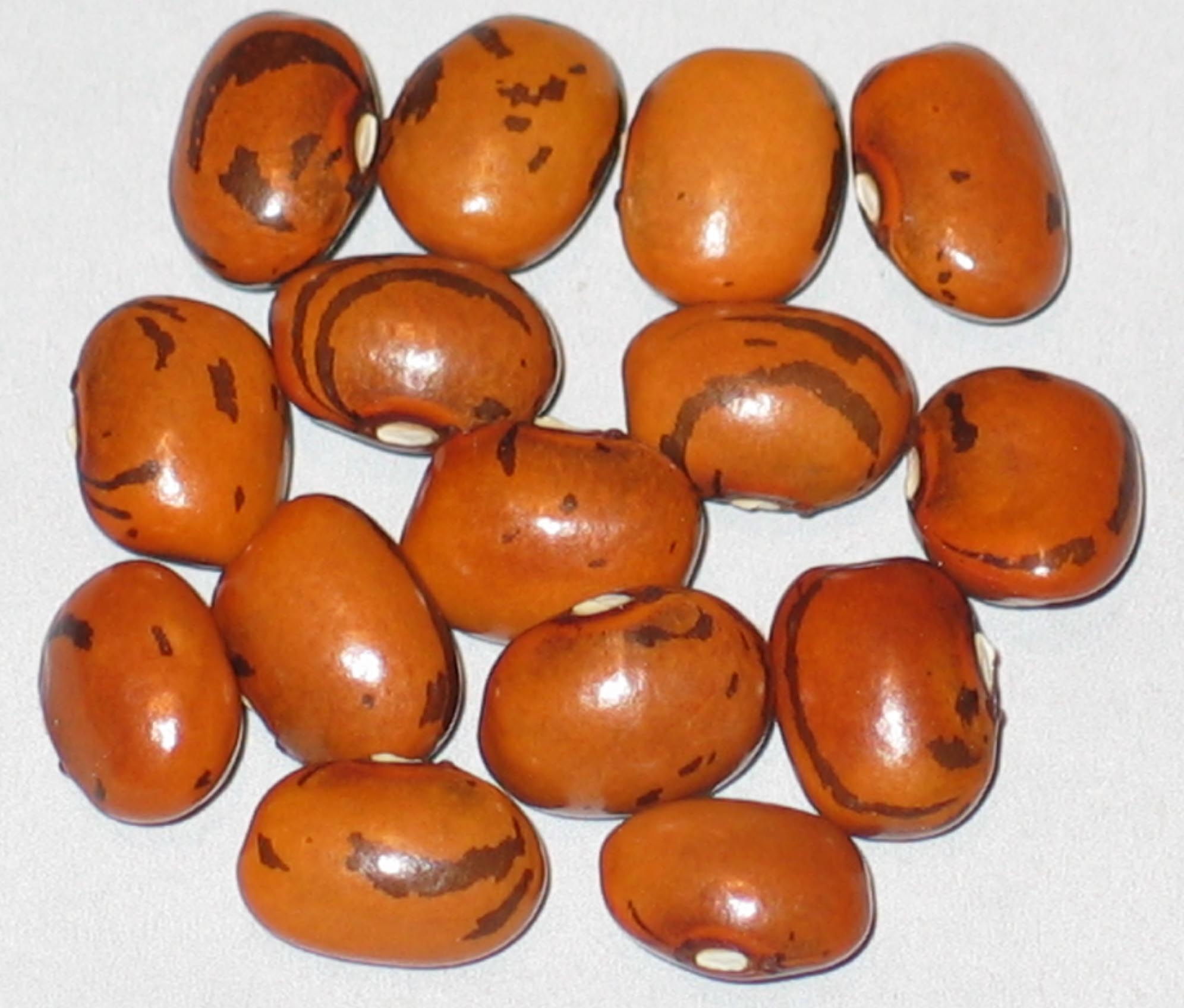
Geradi
All Seed Is Out To Grower
Pole Dry. Got this bean from Linda Mullen Lloyd of Barnes, Pennsylvania at the 2018 Appalachian Seed Swap in Pikeville, Kentucky. The seed swap takes place on the first Saturday each year in April.
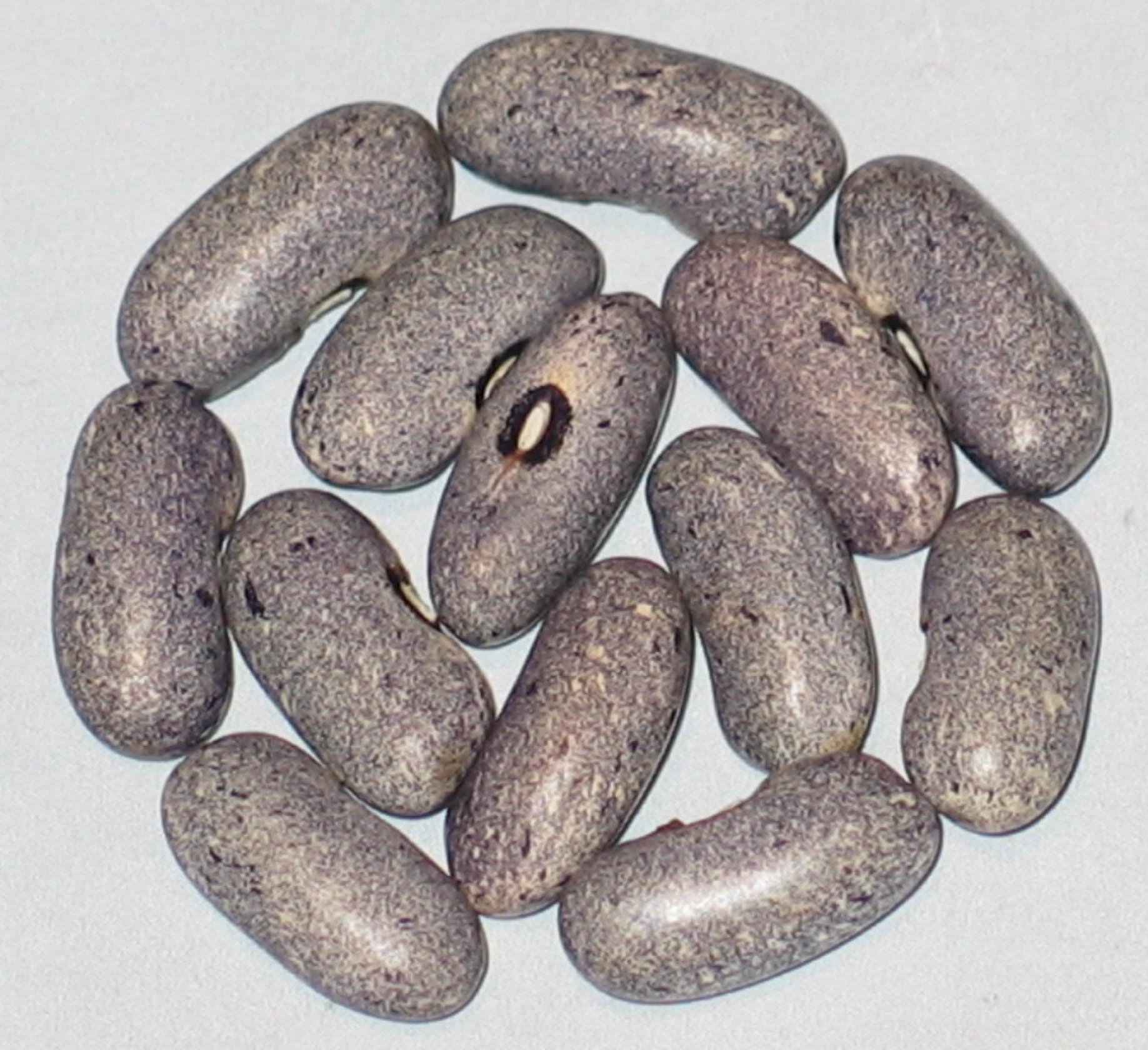
Giant Nilgiri
Grown In'19,'20,'21,'22 & 2024
Pole Dry. My seed donor for this bean is an occasional Network grower from Pennsylvania. The bean comes from the mountain region of Nilgiri, India also called the Blue Mountains.
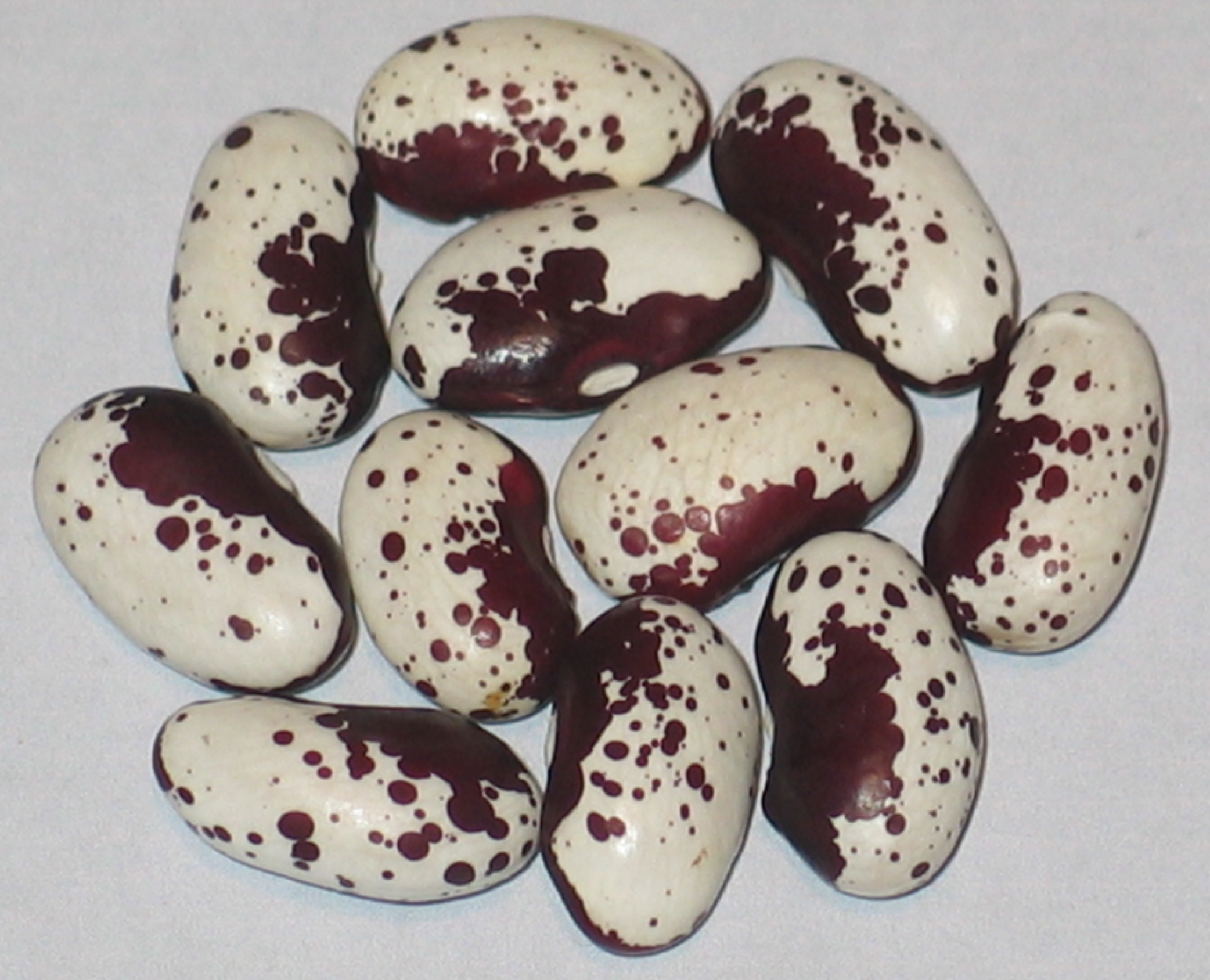
Giant Red Tarka
Grown In '18,'19,'21 & 2023
Bush Dry. I got this bean in 2011 from a Wisconsin Seed Saver Exchange member. The beans country of origin is Hungary. I can not grow an nice looking Giant Red Tarka here. The bean turns nearly all red as do Jacob's Cattle beans. Even the seeds are not shaped well for me. However sent to growers in other parts of the country and I get back beautiful specimens of the seed.
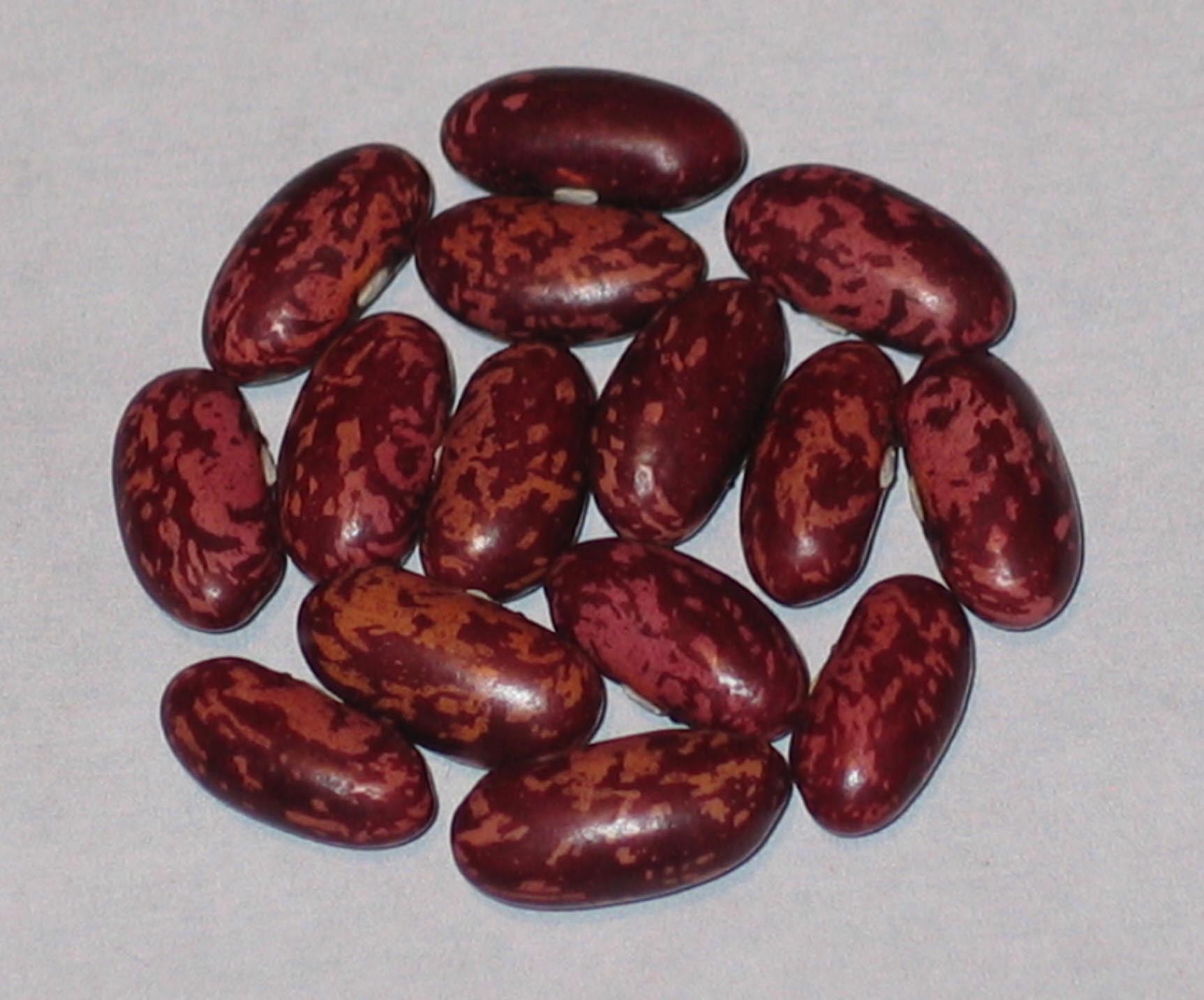
Globula
Grown In ’14,'16,'22 & 2023
Bush Dry. Another Joesph Simcox acqusition. I have never known it's country of origin. One of my network growers in Texas grew it once and they tell me that it makes a productive snap bean.
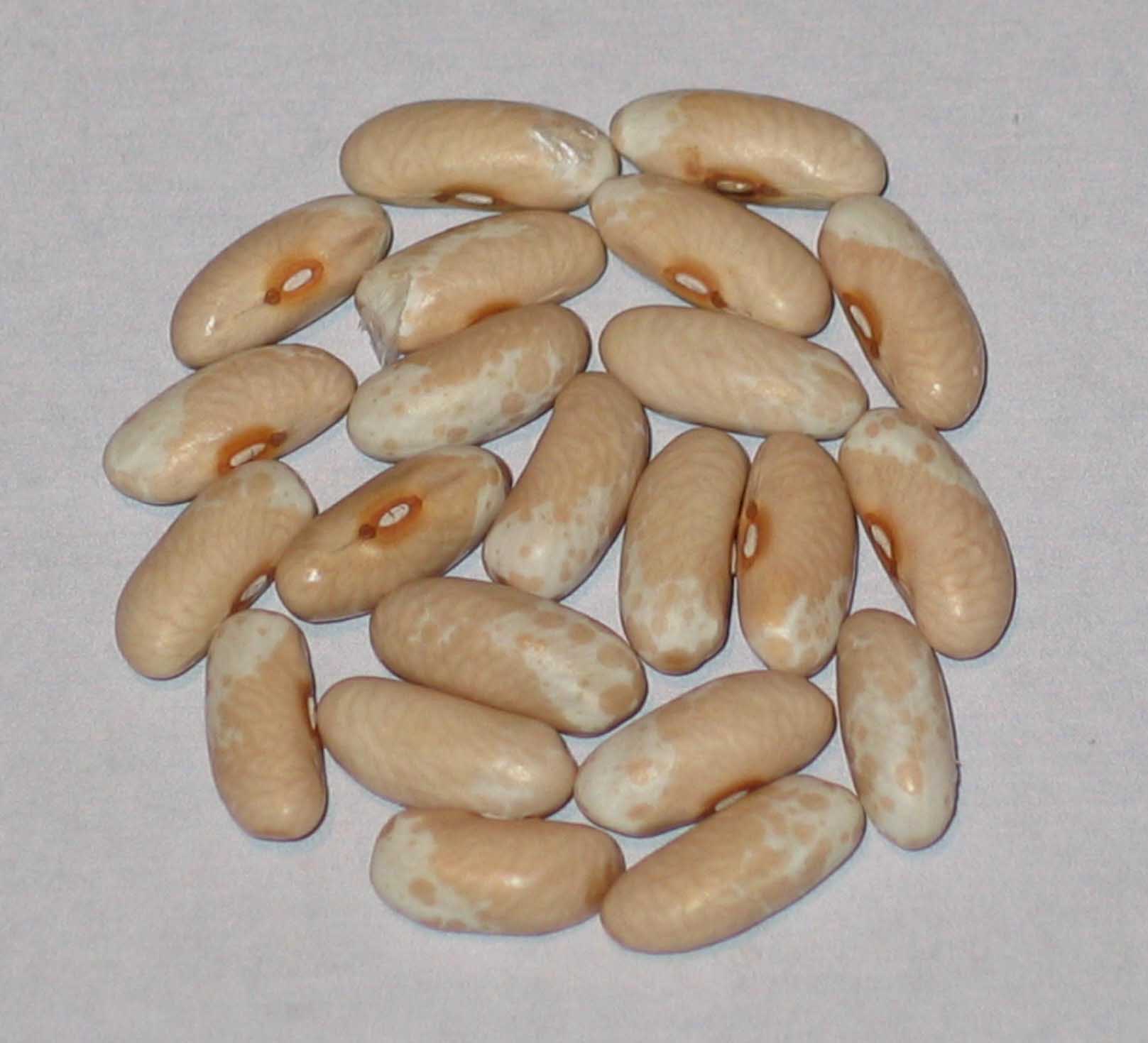
Golden Bear Lake
Grown In ‘15,’17,’20 & 2021
Bush Dry. This is one of the productive Robert Lobitz Legacy beans that I acquired from the late Ron Thuma of Hartford, Kansas in 2015. One of the many segregations that have occured since I acquired these legacy beans. It does appear to be stable. Named by Russell Crow of Woodstock, Illinois. White Bear Lake in Minnesota was the inspiration for this beans name.
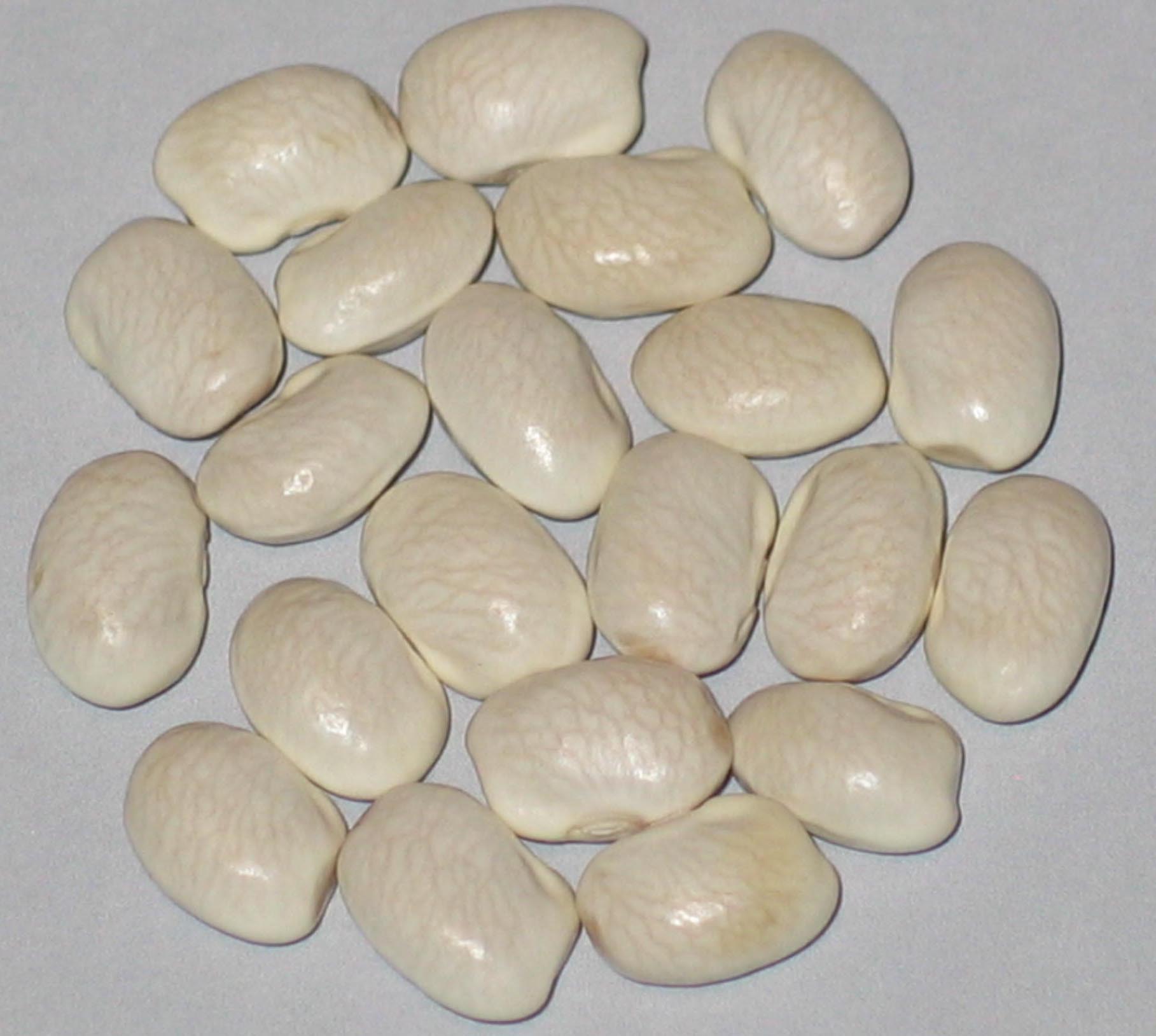
Golden Mammoth
Grown In 2018
Pole Wax. My seed donor is was from Liebenfels, Austria, 2020. Large Romano type pods.
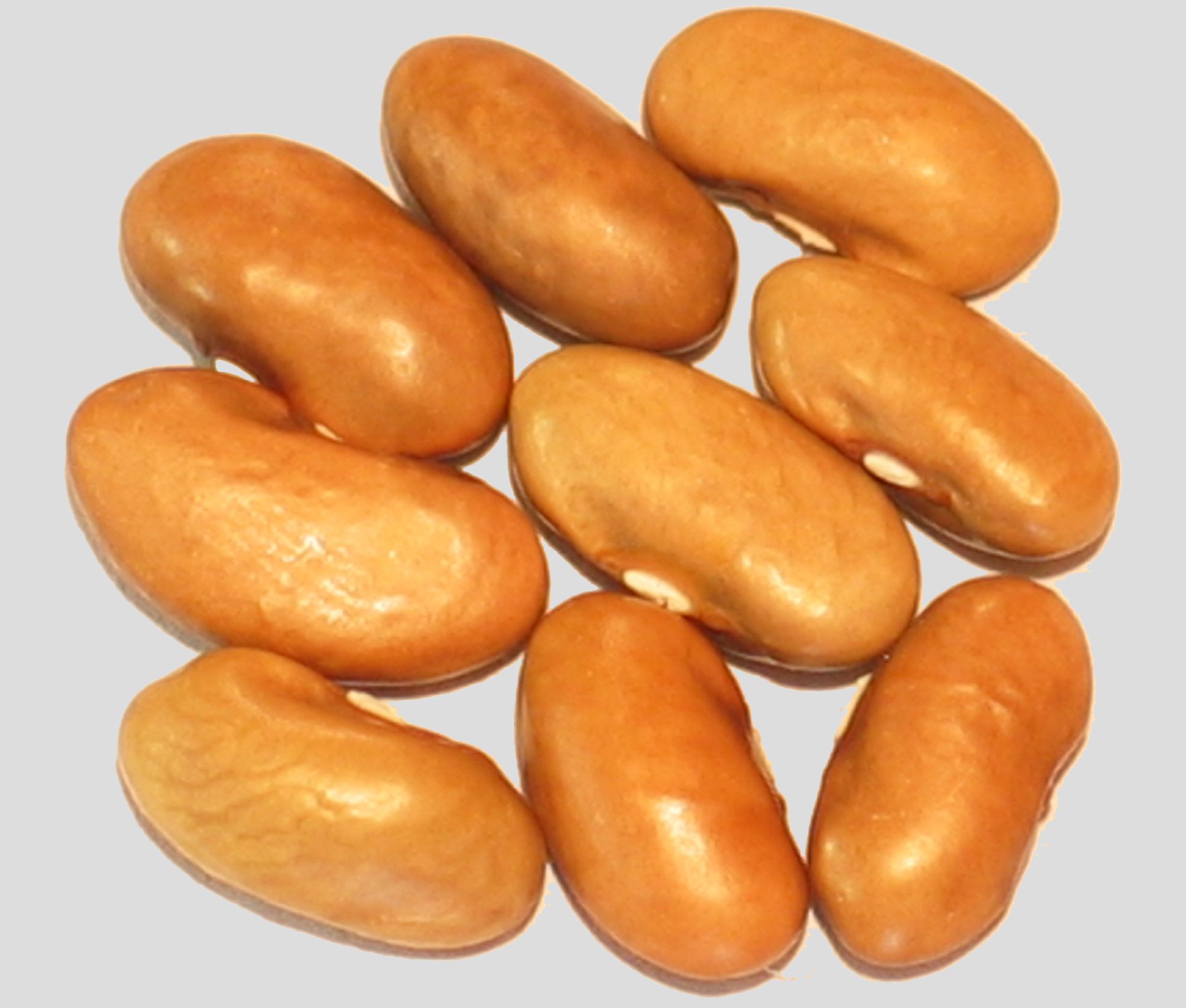
Gold Of Bacau
Grown In '13,'18,'20 & 2022
Pole Wax. Pickable pods in 60 to 70 days. My seed donor is from Potter Valley, California in 2013. Donor stated that the bean produces beautiful large wax pods of the Romano type that are stringless and grow 6-10” long. The flat, greenish-yellow pods are very tender and sweet. The dried beans make delicious soups or baked beans. Plants are vigorous and productive. Place of origin Bacau, Romania.

Goose
Grown In 2024
Pole. Seed acquired from Remy Orlowski’s (deceased) Sample Seed Shop as a gift from Karen Golden of Highland Michigan. Grown heavily in the Southern Appalachian mountains. Large tender beans is one of the most popular beans grown in the Appalachians.
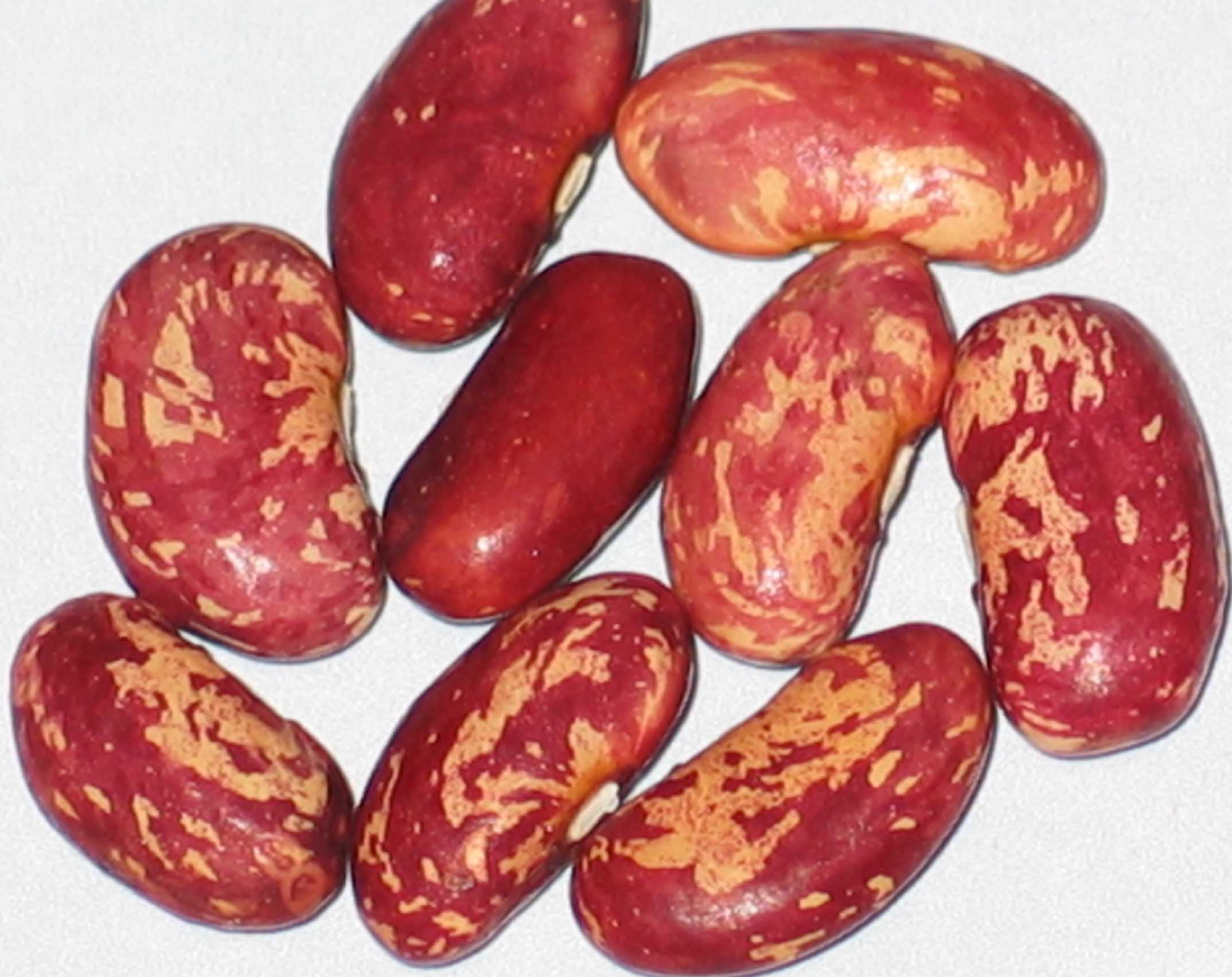
Goose Cranberry
Grown In '18,'19 & 2023
Bush Dry. From a New York state Seed Saver Exchange member in 2011. This bean has been traded around in the SSE yearbook since the 1980's. The bean has been sold a little bit commercially.

Goose Gullet
Grown In '17 & 2018
Bush Dry. This bean is said to originate with the Acadians. Descendants of the French who settled in Acadia in the 17th and 18th centuries. Located in what is now Nova Scotia, Prince Edward Island, and New Brunswick, as well as part of Quebec, Canada. A long time Canadian heirloom.

Goose Liver
Grown In '16 & 2019
Bush-Dry. Acquired from a New York state Seed Savers Exchange member in 2011. The bean comes from Hungary via the USDA seed bank.

Gordo
Grown In 2018
Pole Dry. From the seed collection of Joseph Simcox in 2013. Country of origin Brazil.
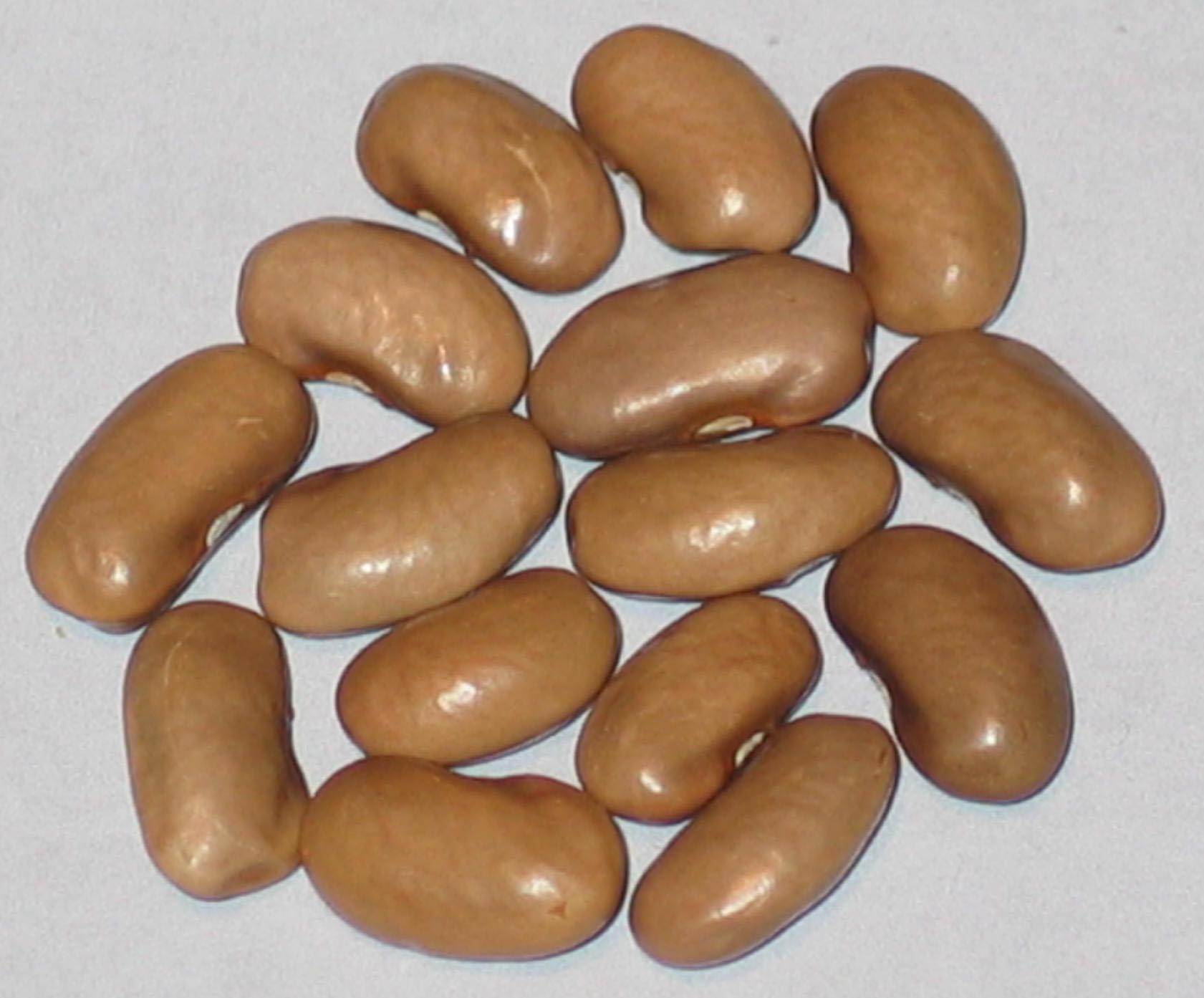
Gorema
Grown In ’18 & 2021
Pole Dry. Donated by Brynn Pailett of Lebanon, Tennessee 2018.
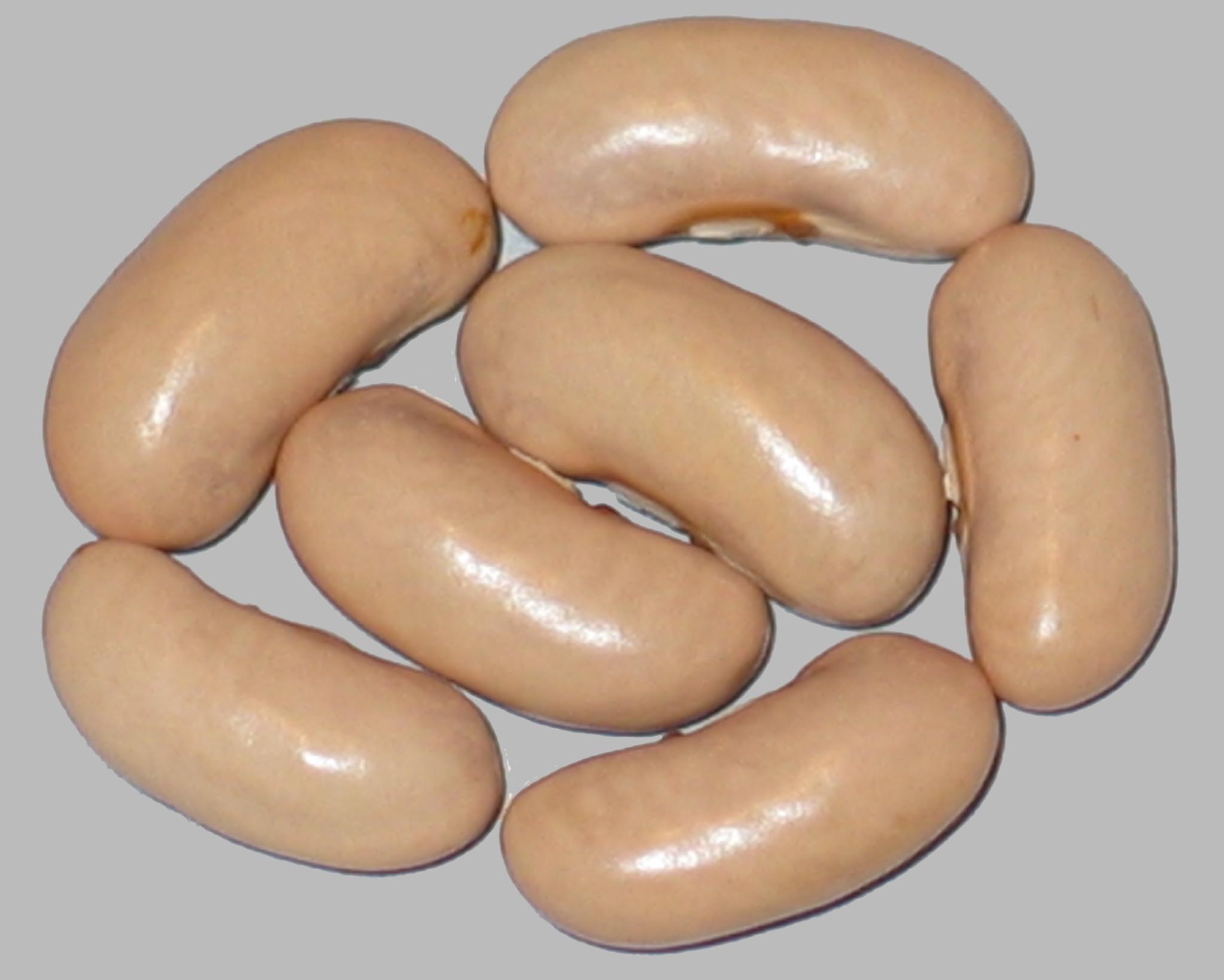
Gowards Special
Grown In '16 & 2021
Bush Snap. Another of the beans from my Hobartville, New South Wales, Australia seed donor in 2014. Australian bred snap bean.
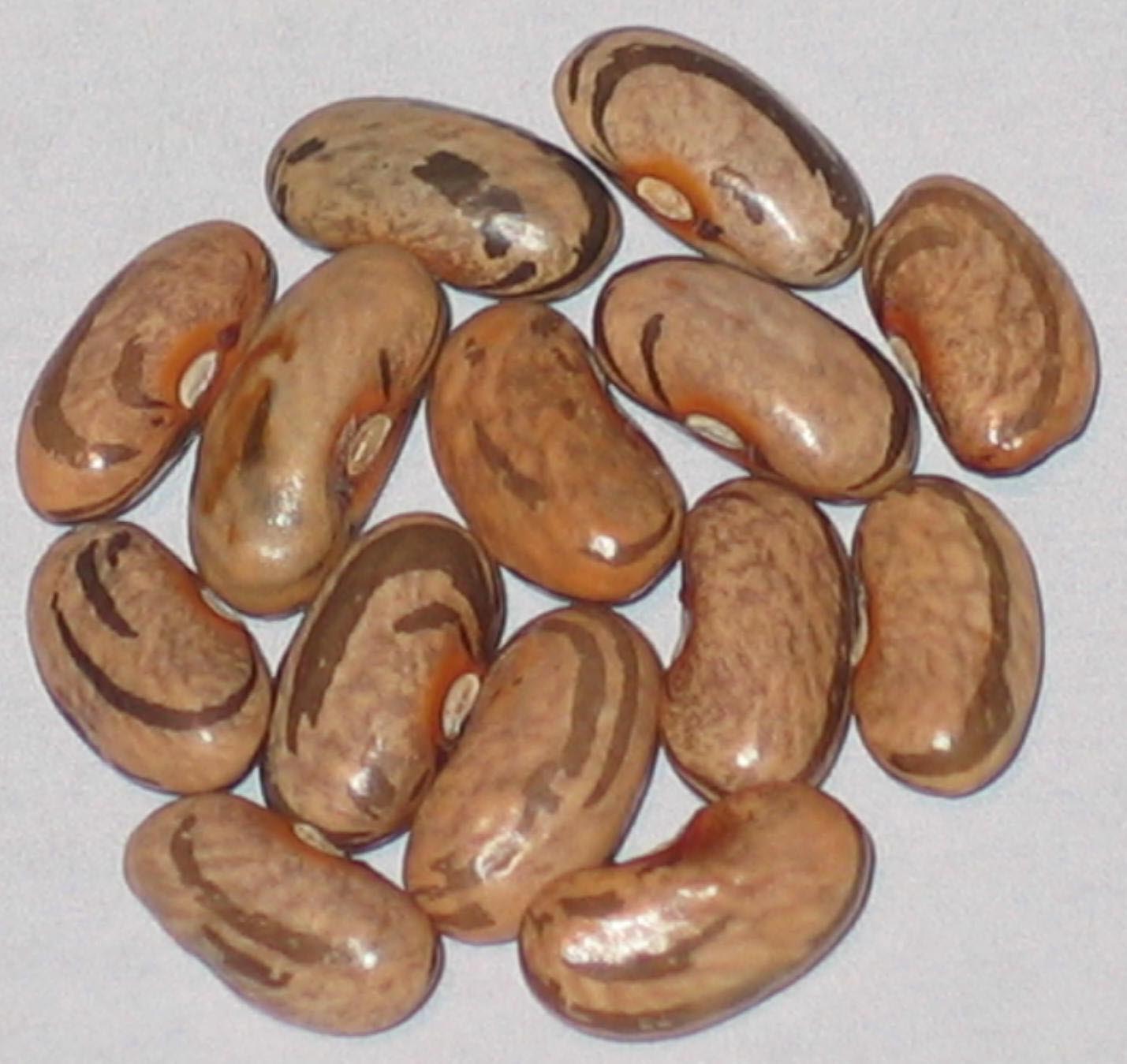
Grandma Barnett
Grown In '21 & 2024
Pole. Well known bean grower from Georgetown, Kentucky, Frank Barnett. His grandmother had grown this bean in Floyd county Kentucky. Seed was originally acquired from Remy Orlowski’s (deceased) Sample Seed Shop as a gift from Karen Golden of Highland, Michigan.
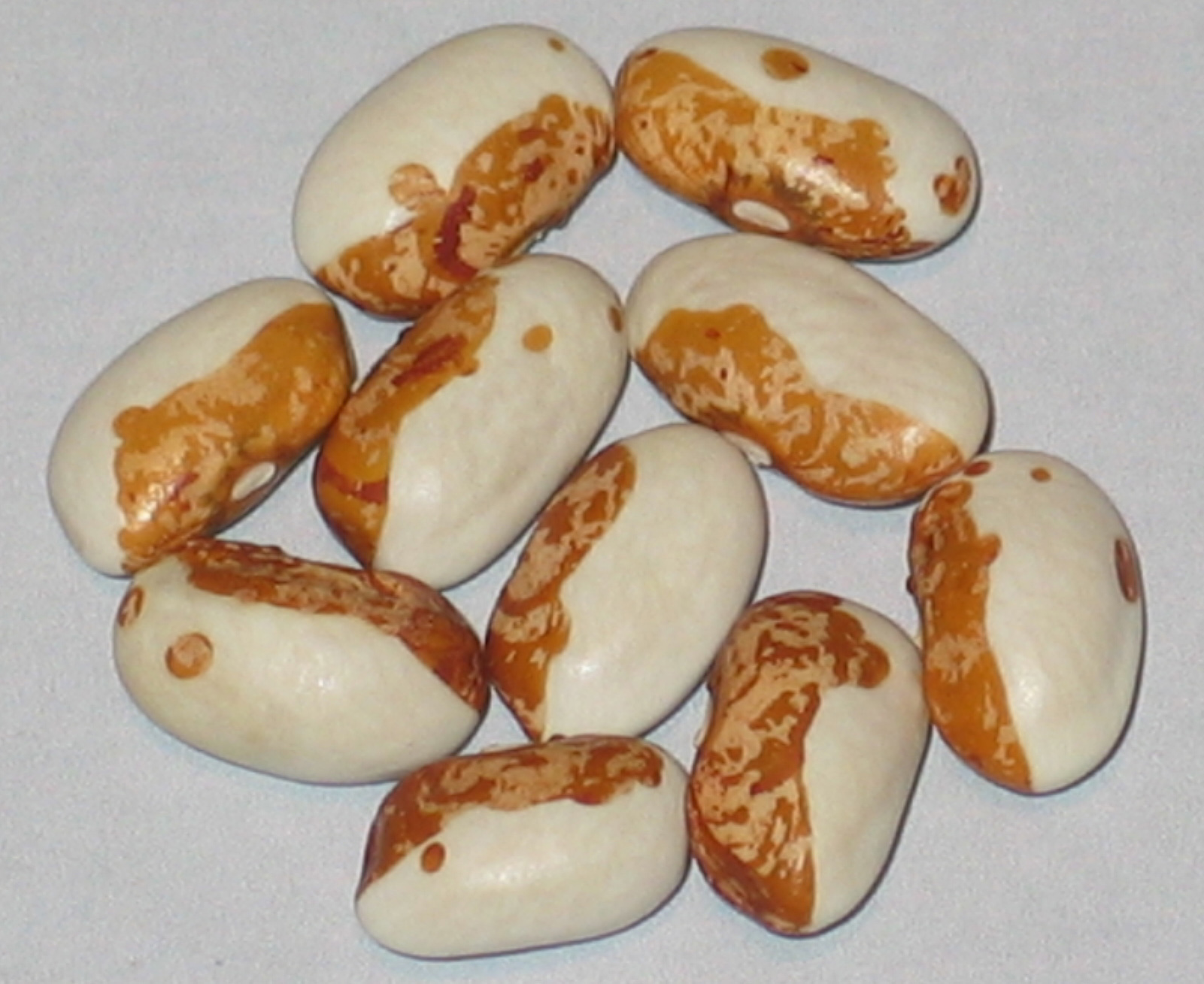
Grandma’s Bean
Grown In '18 & 2023
Pole. Grown out in 2018 by Nancy Jochum of Beatrice, Nebraska. The bean originally was one of the 52 outcrosses sent to me in 2015 by Will Bonsall of Industry, Maine. The bean does appear to be stable.

Grandma Gina’s
Grown In 2017
Pole Snap. Large podded snap bean from Remy Orlowski’s Sample Seed Shop. She gave me this bean at the 2018 Appalachian Seed Swap in Pikeville, Kentucky, 2018. The first Saturday in April each year.
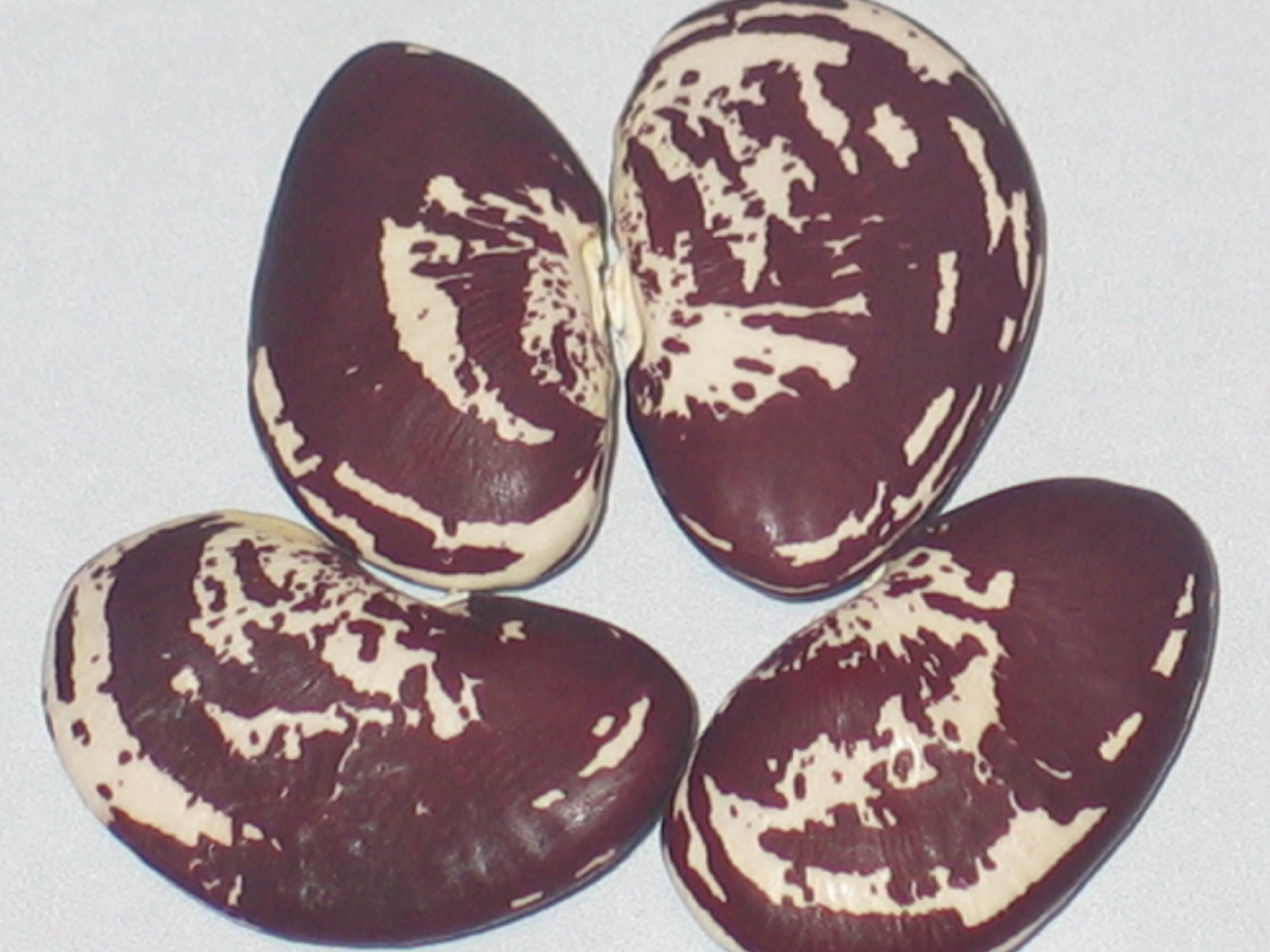
Grandma Rivera’s
Grown In '16 & 2017
Pole Lima. Another of the beans sent to me by the Potter Valley, California seed donor in 2013.
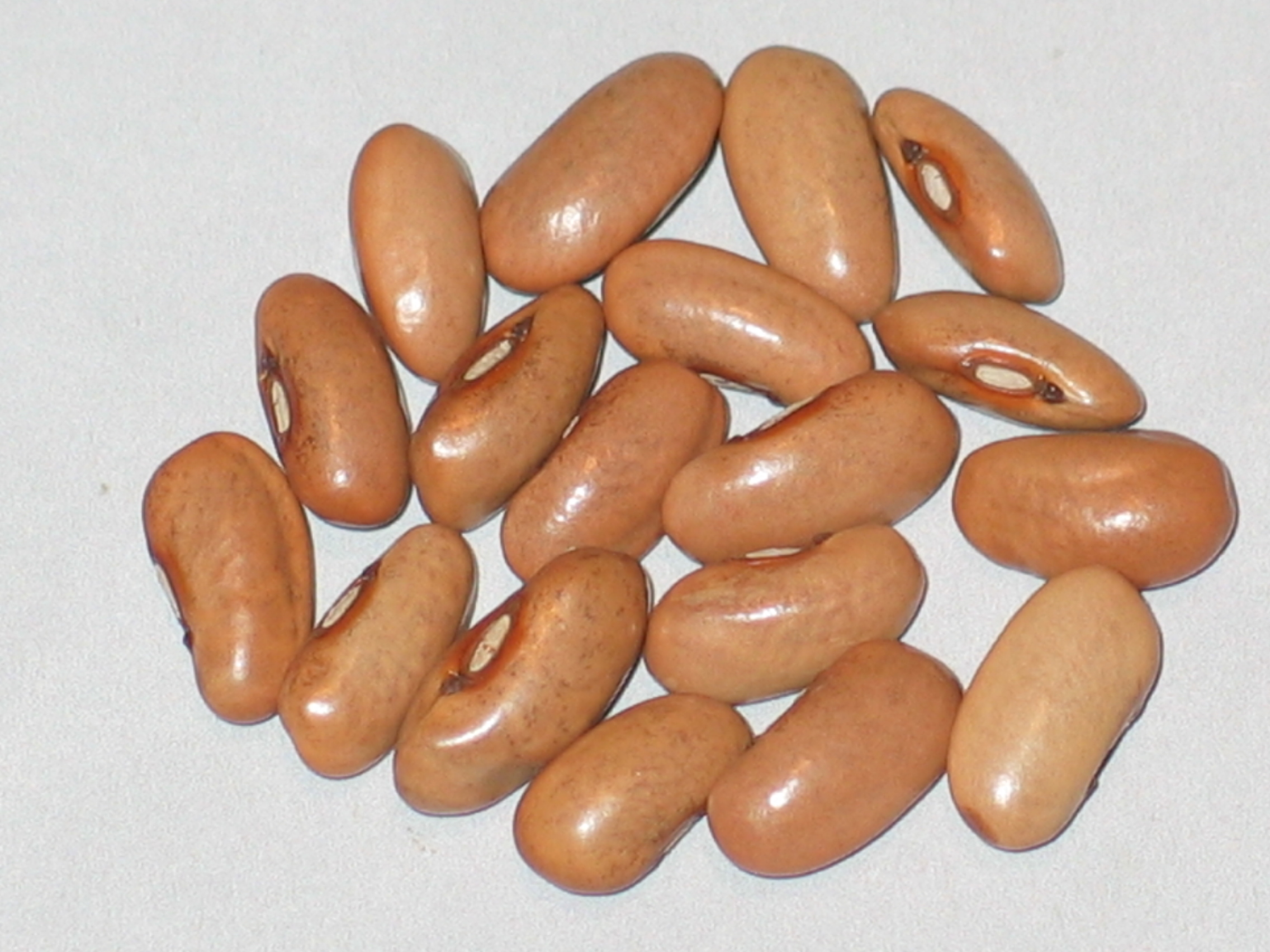
Grandma Robert’s Tri-Colored
Grown In 2016
Pole Snap. Purchased this bean from the Sandhill Preservation Center, 2017. Calamus, Iowa
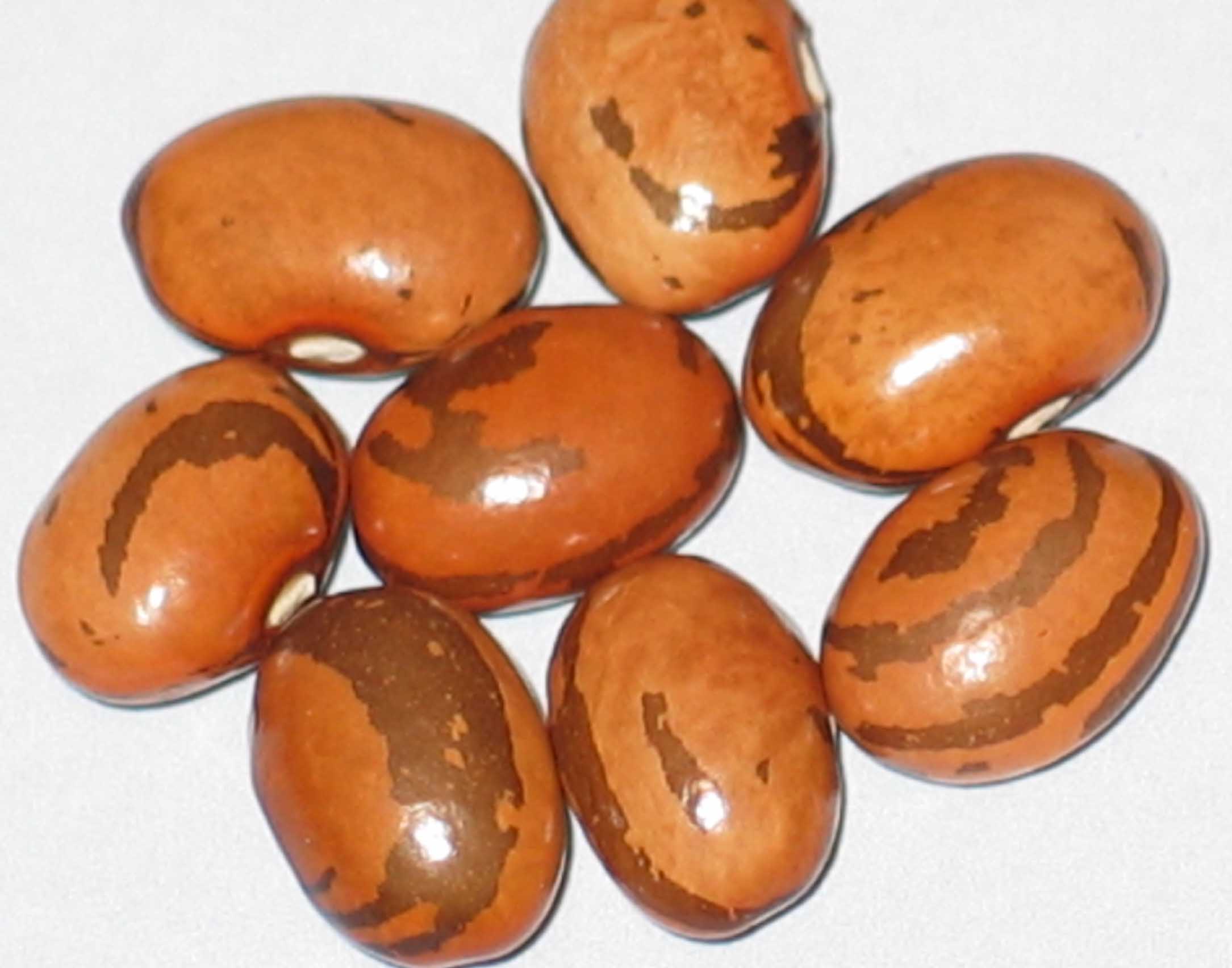
Grandma’s Yugoslavian
Grown In '17 & 2018
Semi Pole Dry. The bean comes to me from Annette Barley of Nanaimo, BC, Canada on Victoria Island 2012. A bean she acquired without a name and the bean being of Yugoslavian origin. So she gave the bean this name.
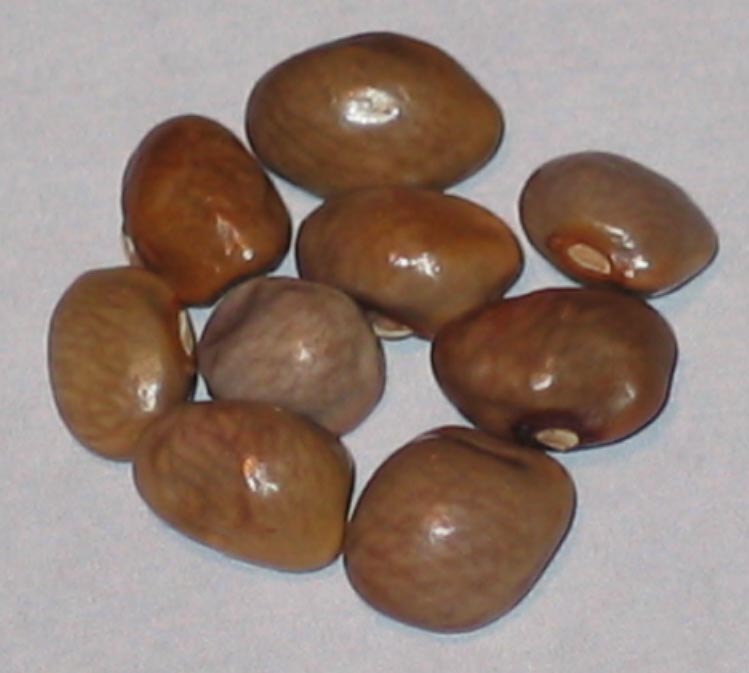
Granny
Grown In 2024
Pole Snap. Large podded snap bean. from David and Donna Ashburn of Alpine Tennessee. Given to me by them at the 2018 Sustainable Mountain Agriculture seed swap in Lexington, Tennessee. The first Saturday in November now in Berea, Kentucky.
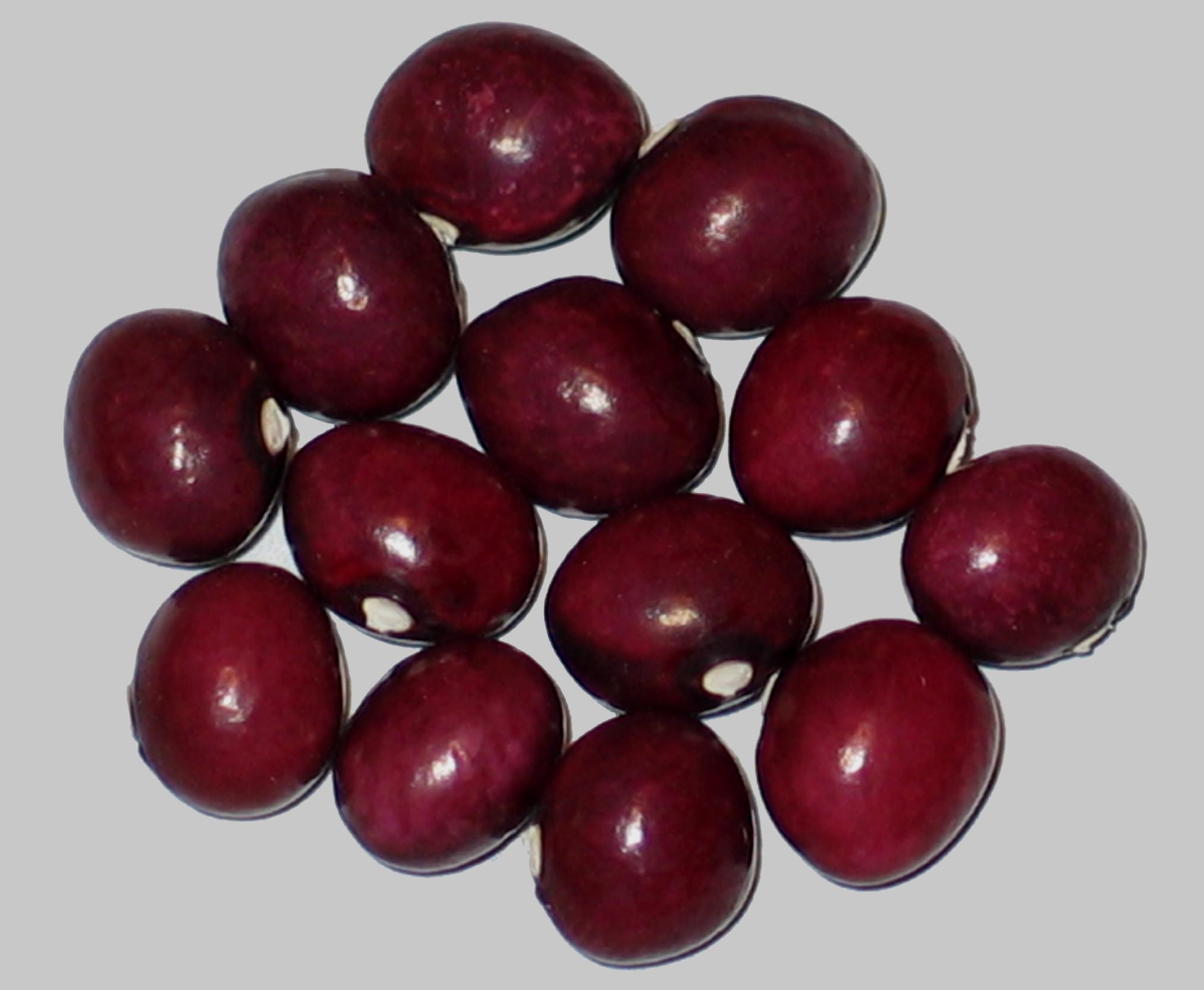
Grape
Grown In '16 & 2024
Pole Dry. Plants climb to about six feet (2 meters). Five inch pods are mildly constricted as the seeds mature. Beans are about one and a half times larger than a navy bean. Gifted to me by Debbie Groat of Rhodes, Michigan 2016. Debbie makes bean jewelery and sells it from her Saverine Creek Heirloom Seed Jewlery business in Michigan.
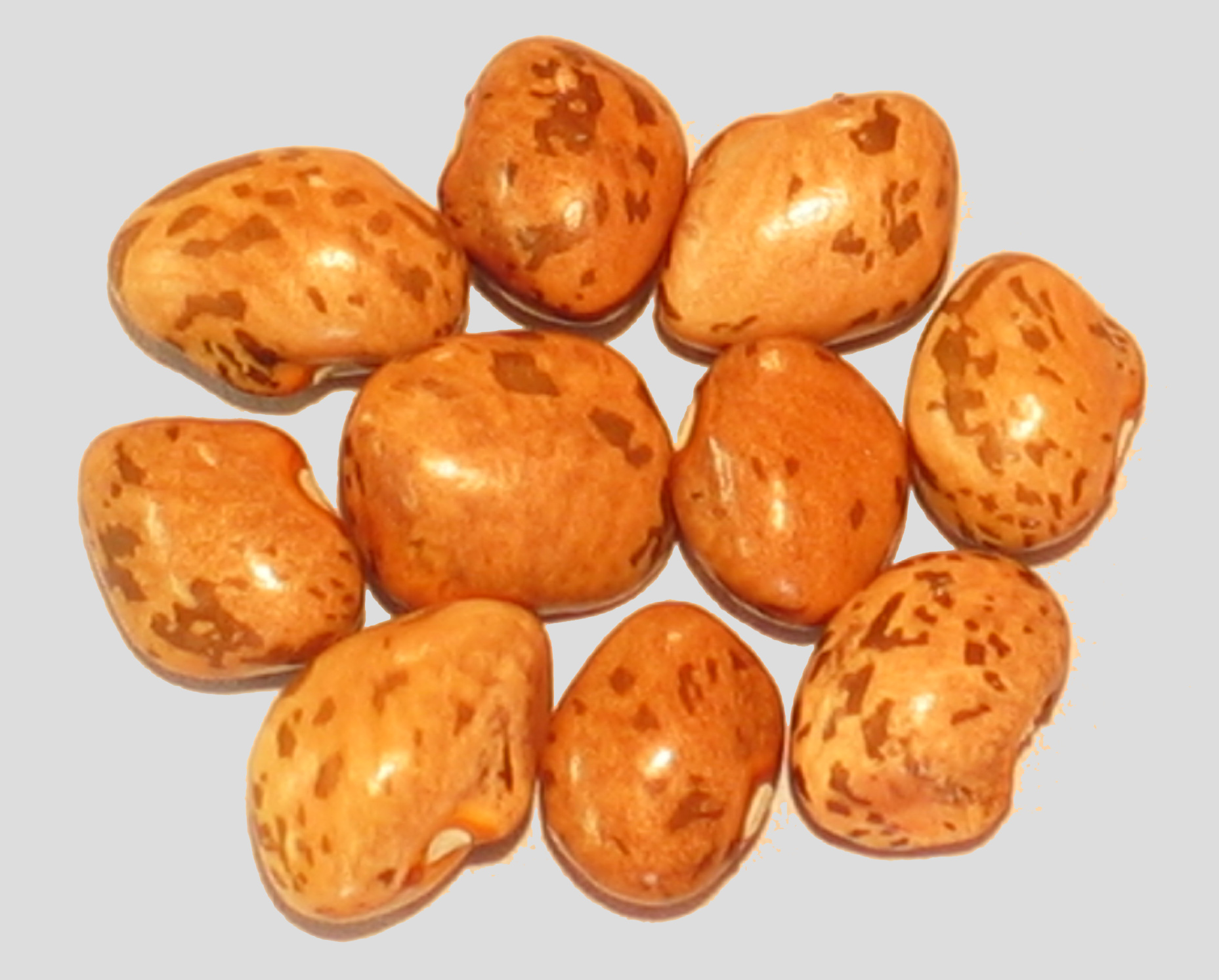
Greasy Grits
Grown In '16, 2018
Pole. Another of the many beans from my Potter Valley, California seed donor in 2013.
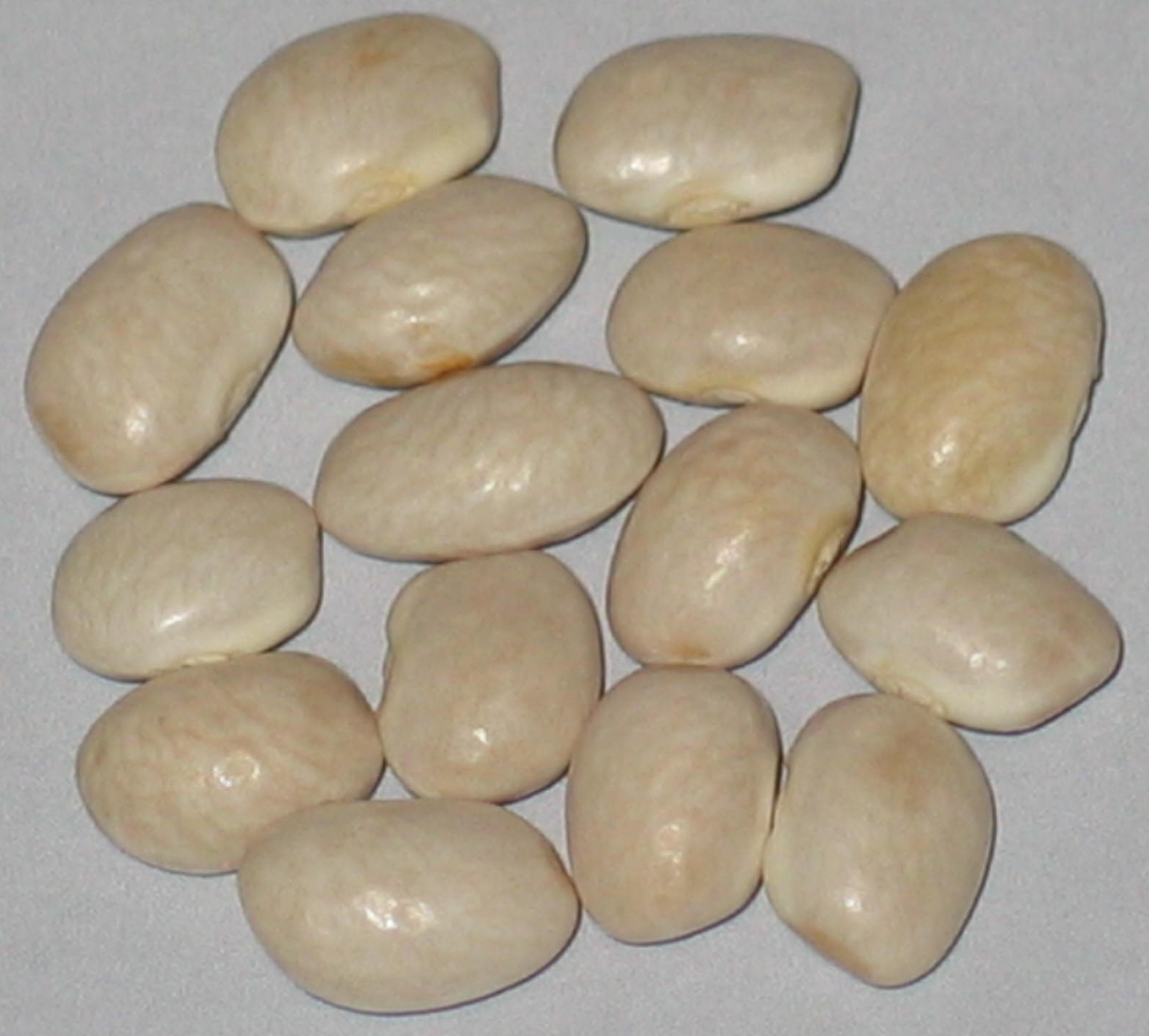
Green String
Grown In '13 & 2019
Pole Snap. Yet another bean from my Potter Valley, California seed donor in 2013.
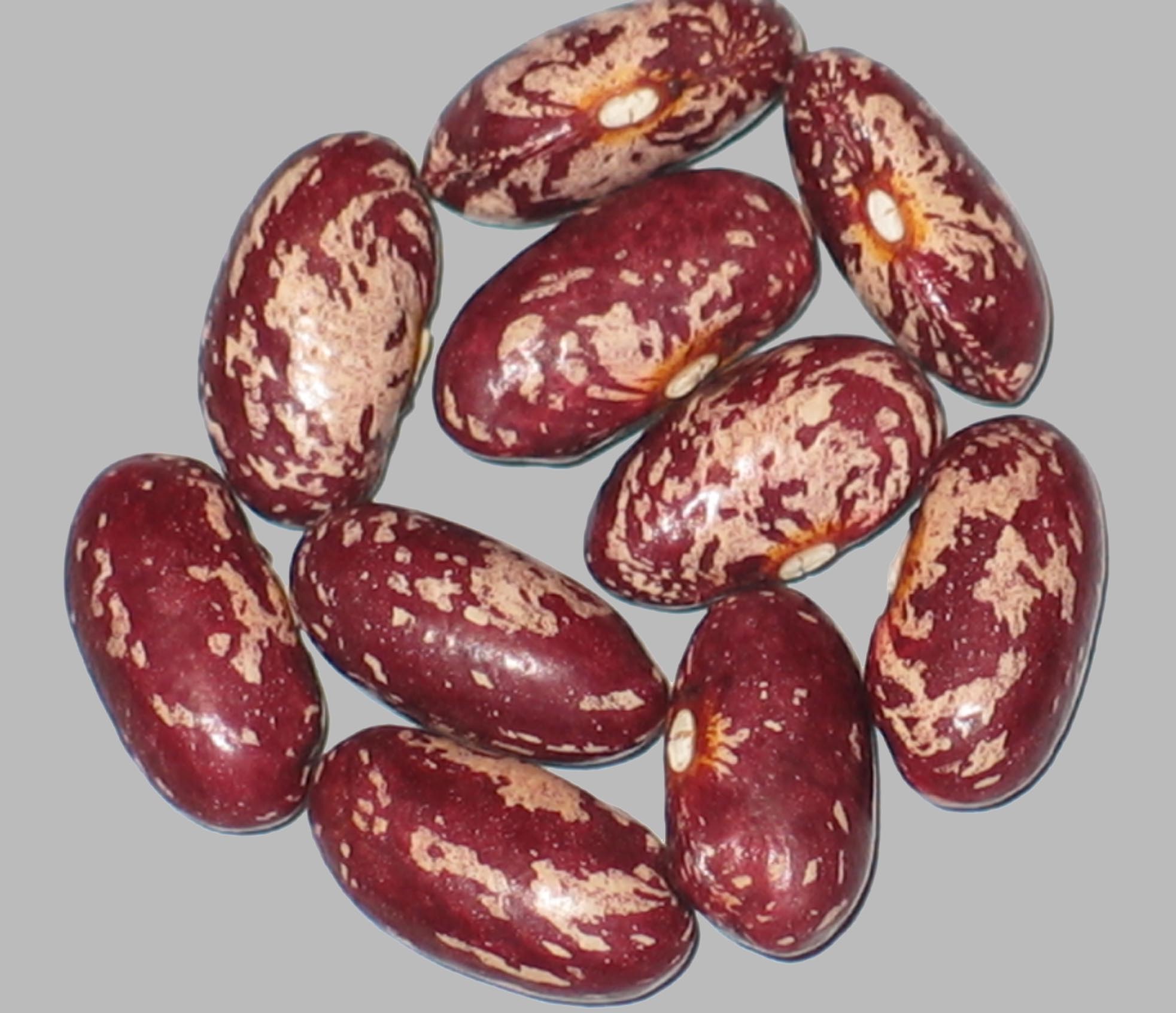
Gross Brothers Vermont Cranberry
Grown In '19 & 2023
Bush Dry. I had acquired this bean in 2012 from Victory Seeds of Molalla, Oregon. They had given the story that the bean came from a Vermont woman who rescued the variety from an old gardener who had passed away and had grown these beans for many years in the Cold Hollow mountain region near Enosburgh, Vermont. Victory Seeds also lists the bean on their website.
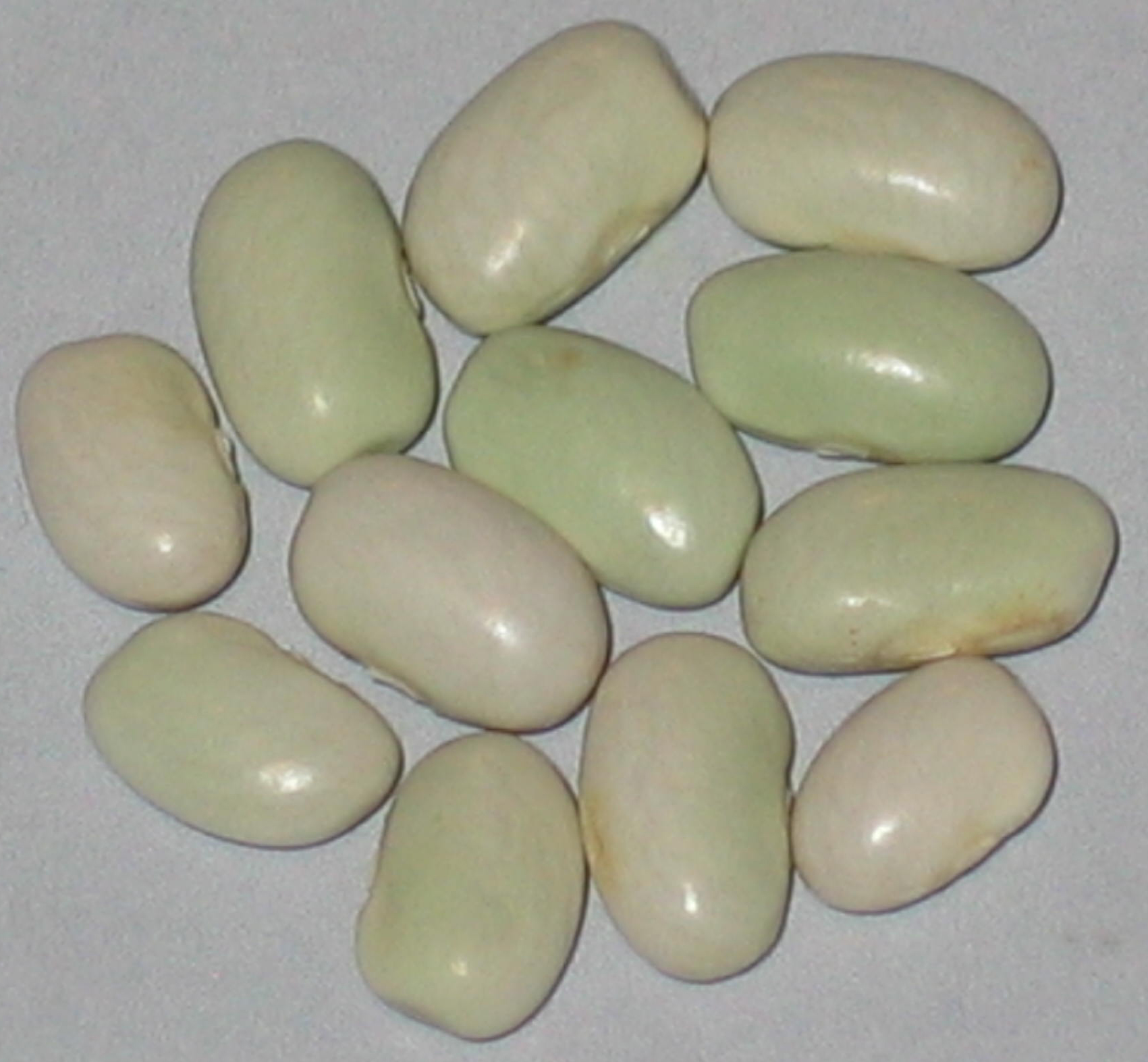
Grune Aus Den Karpaten
Grown In '18 & 2022
Pole. Prolificly productive vines. My seed donor is Joseph Simcox who collected in the Carpathians. The beans name translates to ”Green from the Carpathians”. The dried beans are a slight shade of green. Outside in the daylight, they appear white.

Gunagei
Grown In 2024
Pole. Usage unknown. These beans have passed through two other growers since being acquired orignally from seed keeper Kris Hubbard of eastern Kentucky. This bean has been continously grown by Cherokee people who escaped relocation by the U.S. government. Kris Hubbard is a legally registered member of the Cherokee nation. My seed donor is Jim Salat of Stanwood, Iowa 2023.
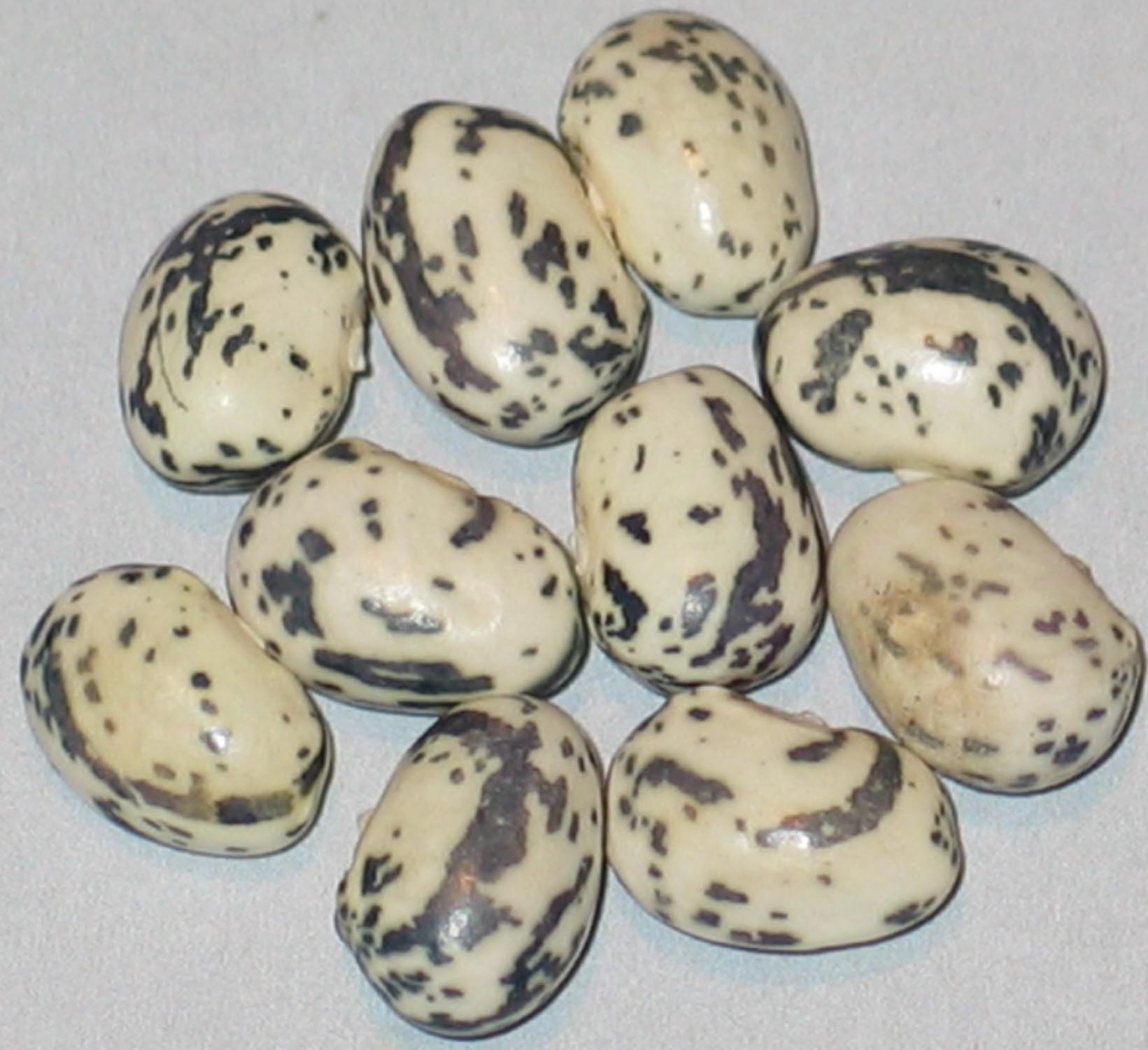
Hallados Grandos
Grown In 2022
Pole Dry. From Lisa Bloodnick at the 2018 Appalachian Seed Swap in Pikeville, Kentucky.

Half White Sugar
Grown In '14,'17 & 2018
Semi Runner Dry. From my seed donor in South Africa 2013. Same useage as other sugar beans. Origin Cape Town, South Africa.
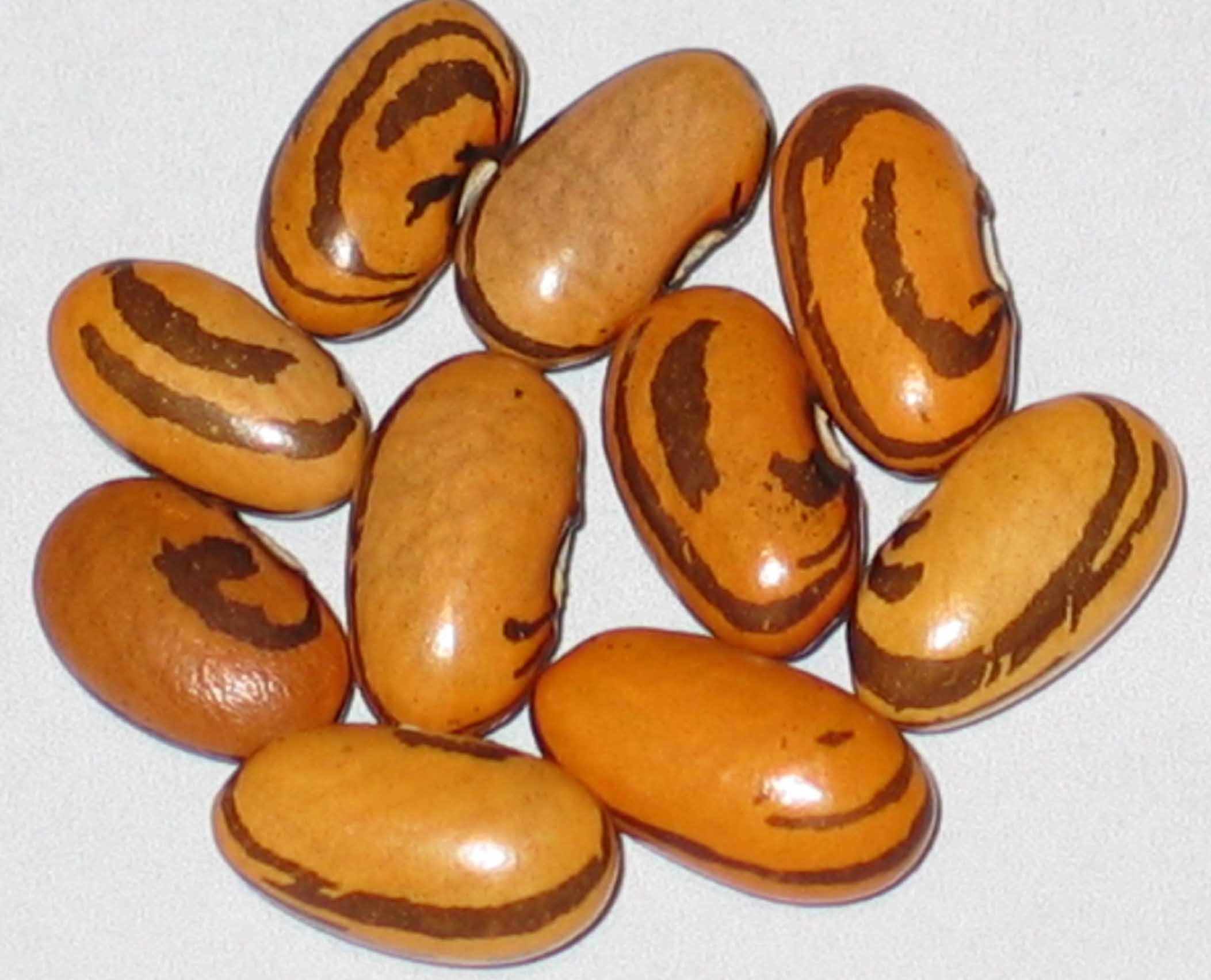
Haricot Crevette
Grown In '14,'17 & 2019
Pole Dry. From my seed donor in Hobartville, New South Wales, Australia. French bean that my donor got out of their Australian Seed Bank. Haricot (the H is silent) means bean and Crevette means shrimp. My donor told me the donor to their Australian Seed Bank of this bean was none other than Joseph Simcox in 2006.
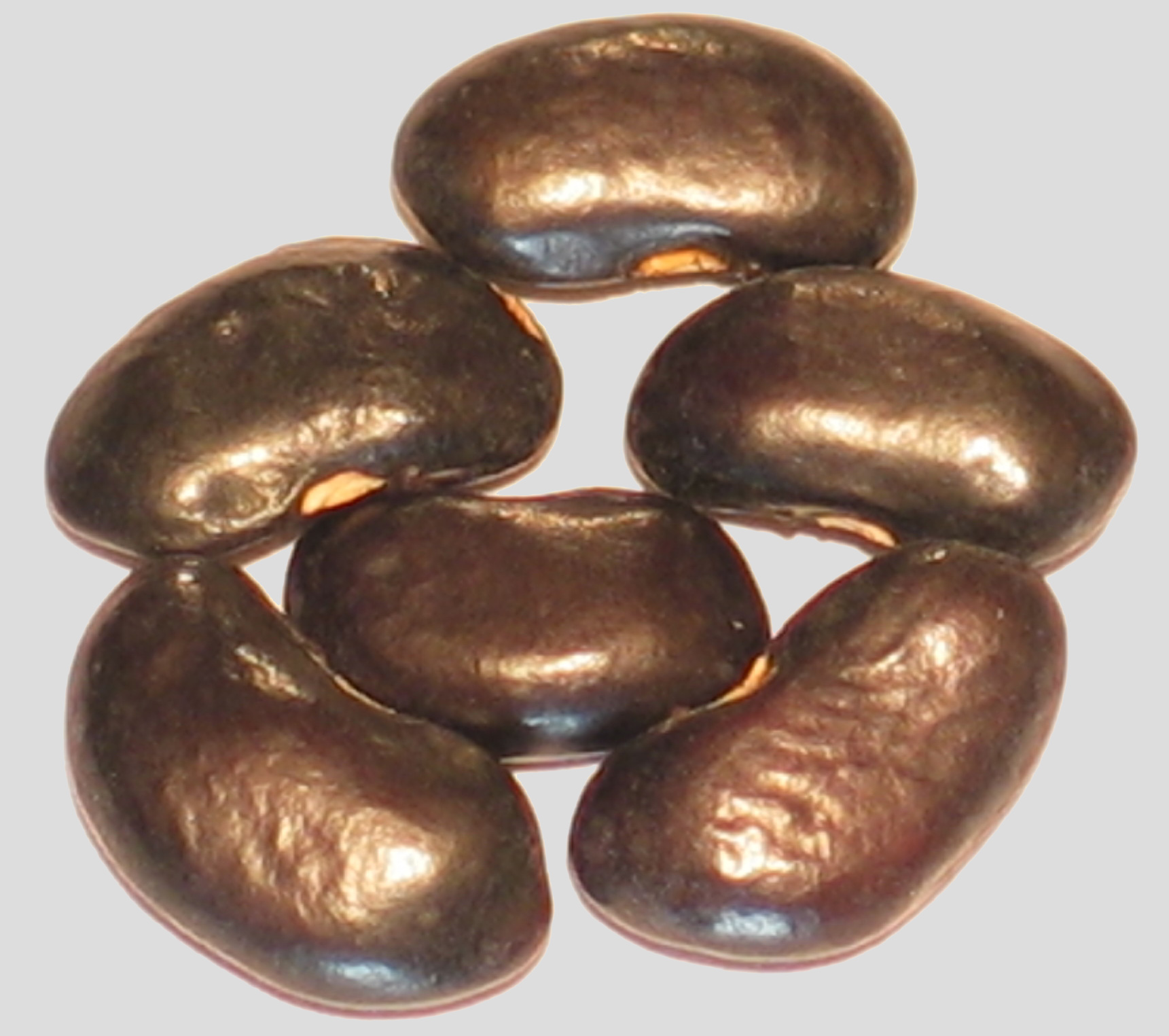
Harriet's Black Hook
Grown In '18,'19 & 2022
Pole. My seed donor is Joeseph Simcox in 2015. He collected the bean from my bean friend in Liebenfels, Austria when he visited her in 2014. Harriet has told me that she got the bean online from a place in China. Since the text on the seed packet was in Chinese she could never figure out what the name of the bean actually was.

Harvey's White Haricot
Grown In '18 & 2024
Pole Snap or dry. A French snap bean that is one of the many beans from my Potter Valley, California bean contact in 2013. He tells me it's a steady cropper. Suppossedly a form of white Navy beans.
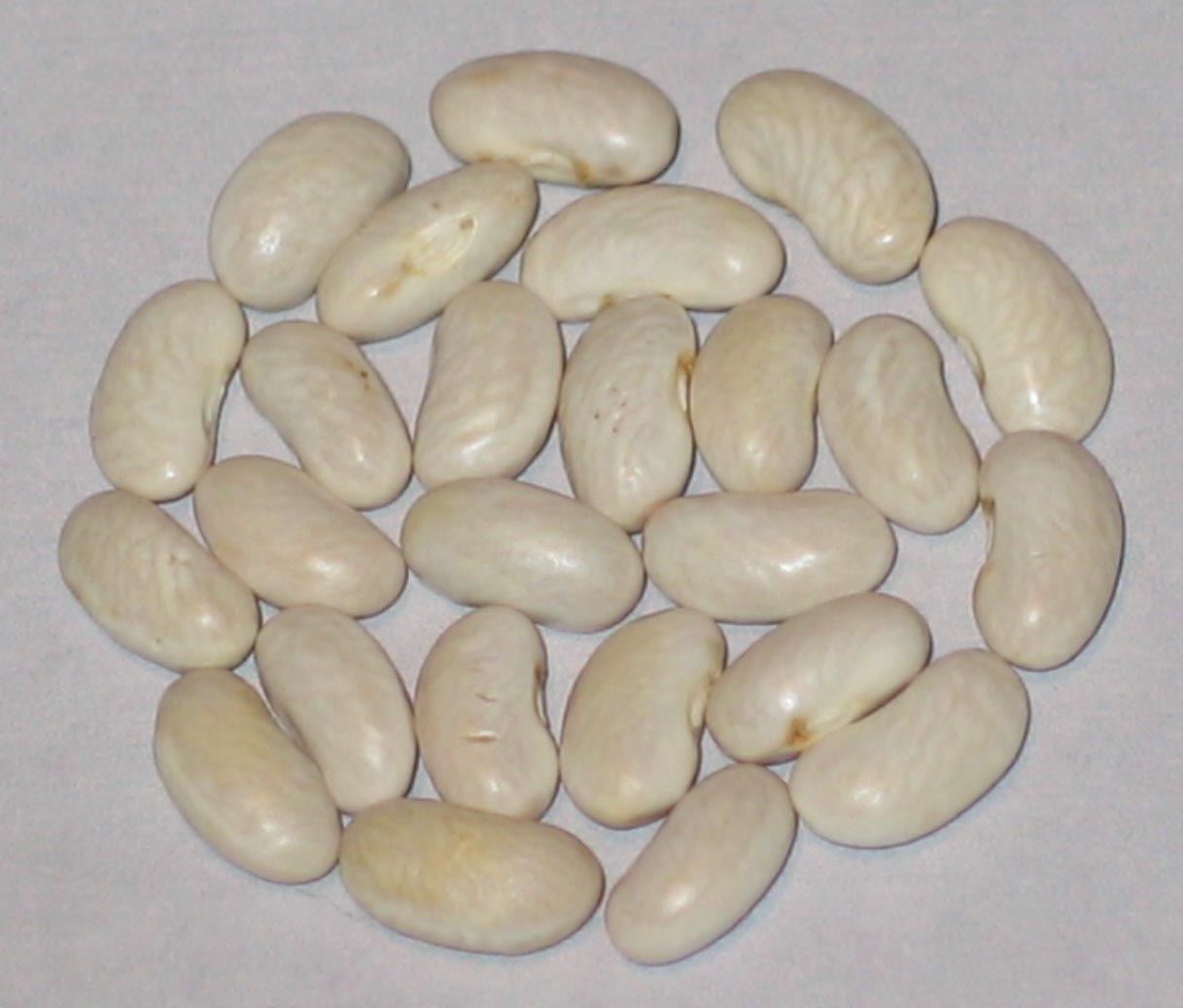
Hastings
Grown In ?
Pole Snap. Once sold by the Hastings Seed Company of Atlanta, Georgia in the 1920’s. Seed acquired from Remy Orlwoski’s (deceased) Sample Seed Shop gifted to me by Karen Golden of Highland Michigan.
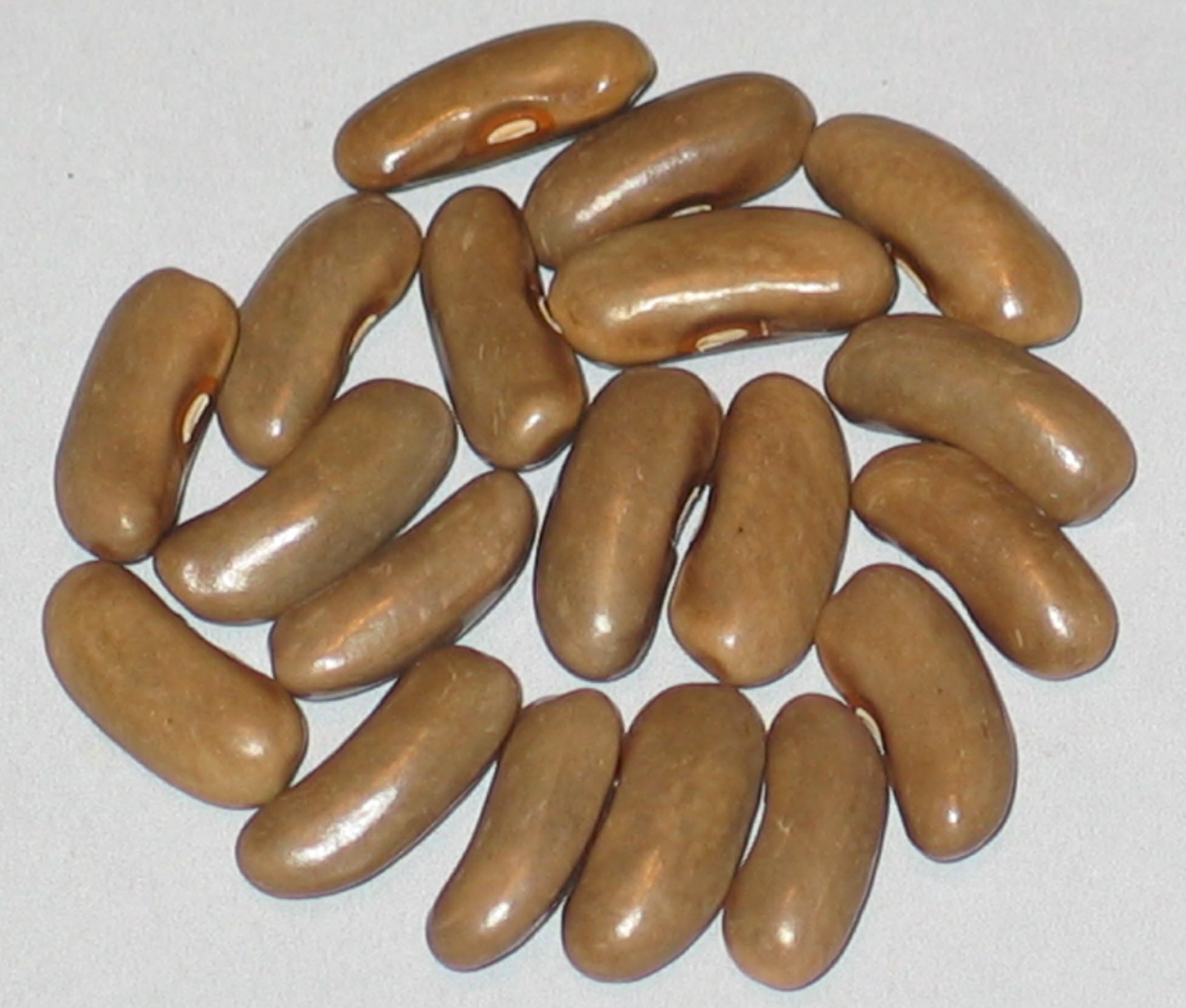
Havens
Grown In 2018
Bush Snap. From my 2014 bean garden. I had not planted it in the spring. Late summer was a mess with way too much rain. I installed bean poles with long screws so I could pull up bush plants and hang them off the wet ground. I was lucky enough to correctly know the area of the garden this seed came from during my shelling operation. Shelled from pods from the area where Honeykey Gold grew which I believe is likely the mother bean. Grew these in a flower pot in 2018 and got the same thin pods as the wax bean but green ones. Named by me for one of the streets near where I live.
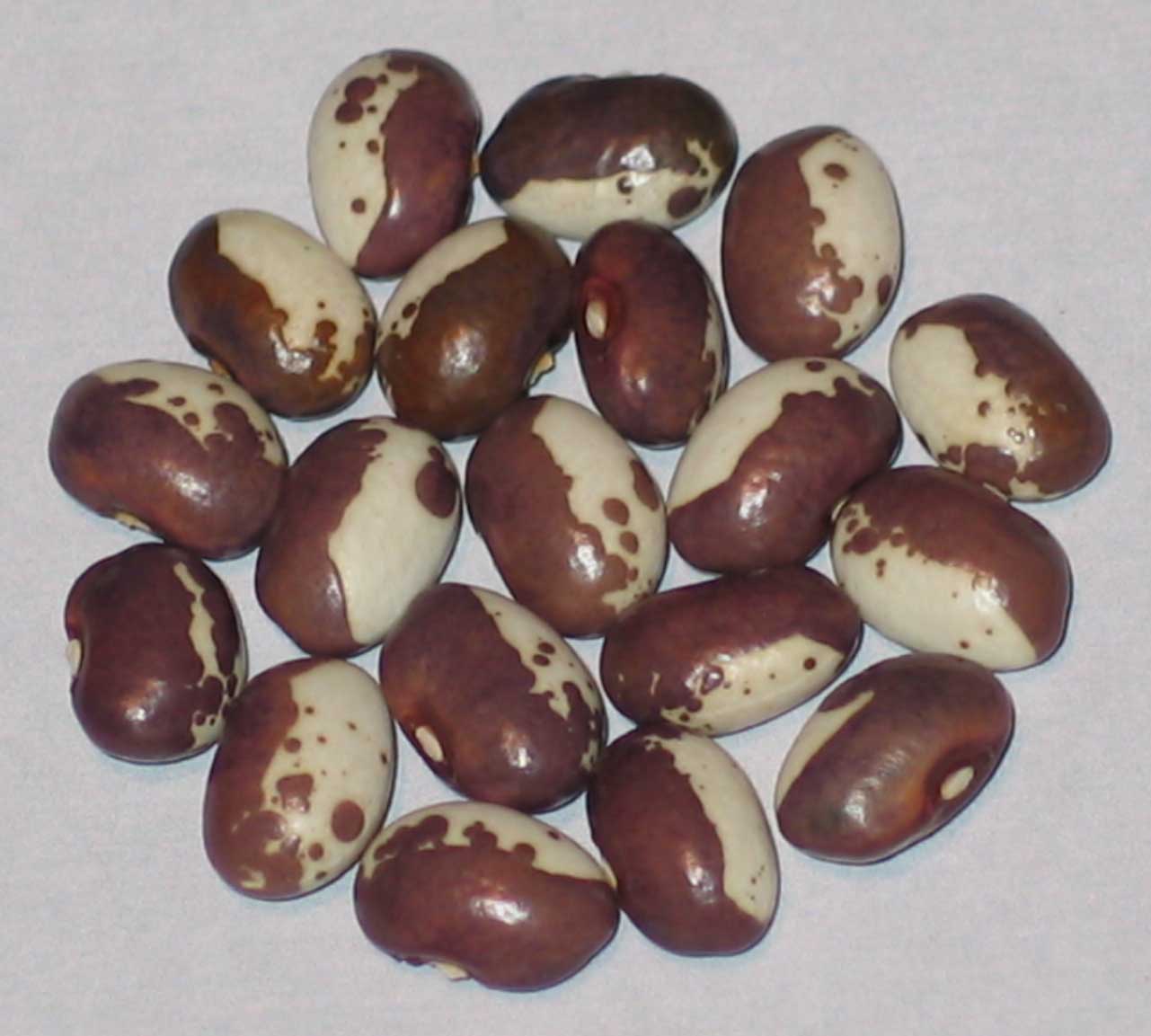
Heavenly Gold
Grown In '18,'19 & 2023
Pole Wax. This is another bean from my Hobartville, New South Wales, Australia seed donor. The bean is believed to have arrived in Australia with Italian imigrants.
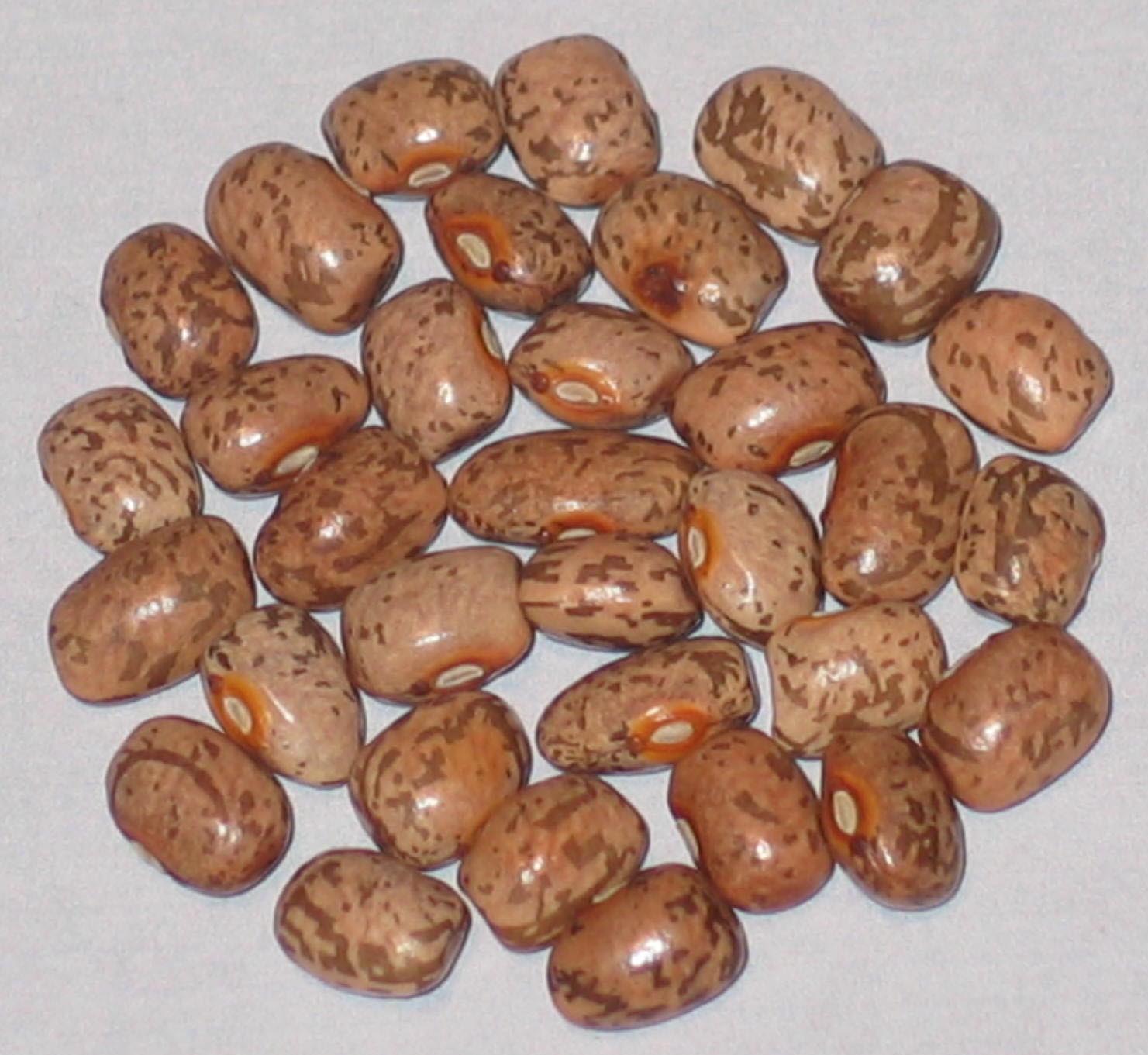
Headrick Greasy Cutshort
Grown In '23 & 2024
Pole Dry. From the Remy Orlowski Sample Seed Shop bean collection via Karen Golden who had acquired all of Remy’s beans sometime after her passing. Highly productive variety from a Tony Headrick in Harlan county, Kentucky. Supposedly as the story goes this bean was found in the floor cracks of an abandoned home in Harlan county.
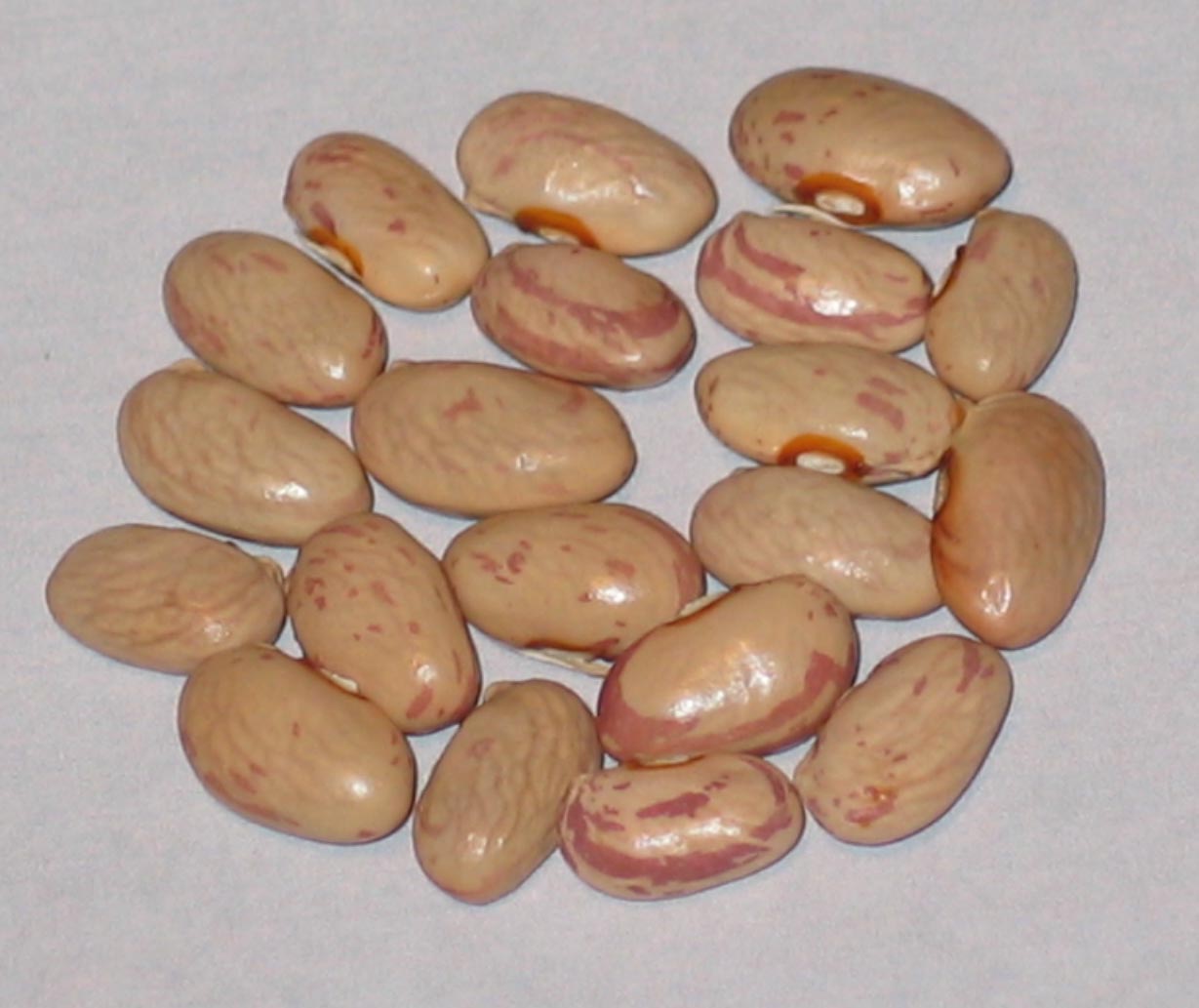
Heinrich 1
Grown In '21 & 2022
Bush/Pole/Dry/Snap? Growth habit and usage is unknown. I got the beans from my bean trading friend in Austria. I questioned the grower about them but they don't remember any details of the variety.
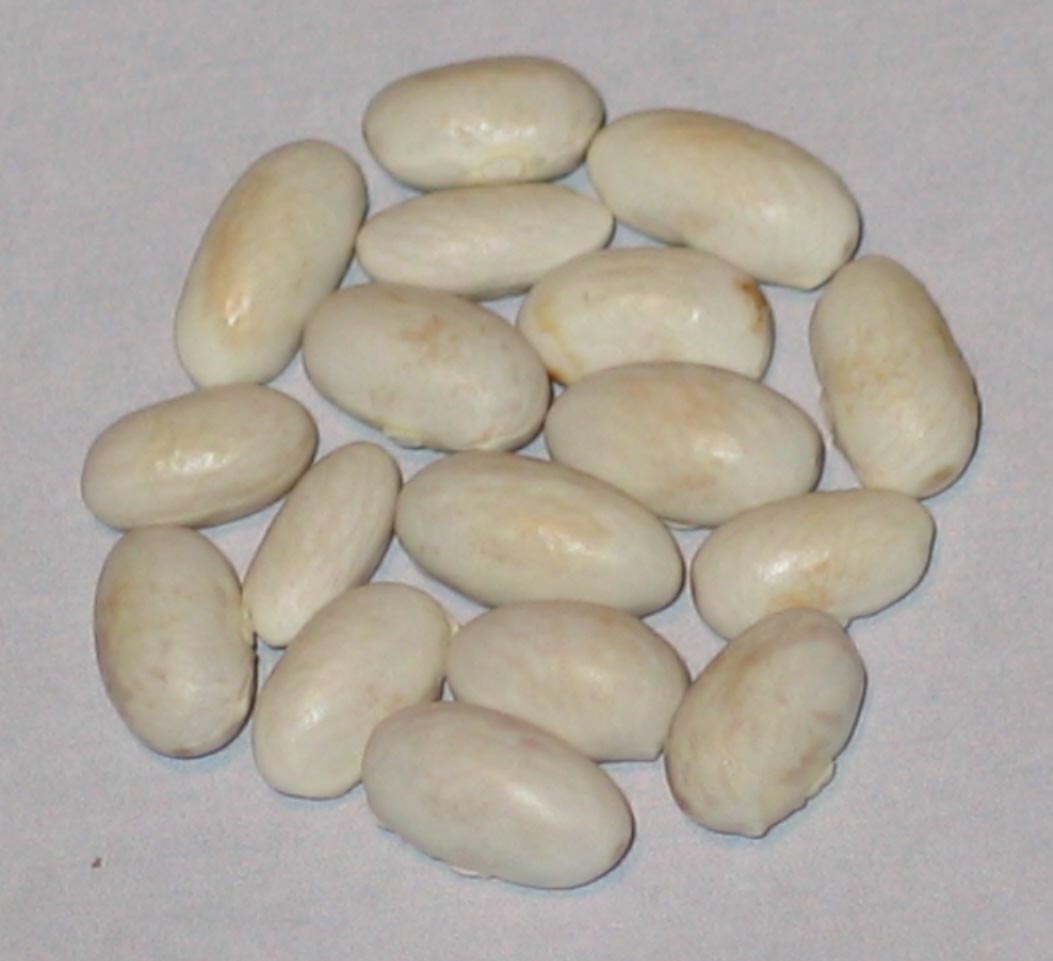
Heinrich 2
Grown In '21 & 2022
Bush/Pole/Dry/Snap? Growth habit and usage is unknown. I got the beans from my bean trading friend in Austria. I questioned the grower about them but they don't remember any details of the variety.

Herrenbohnli
Grown In '21 & 2022
Pole Dry. My seed donor is from Willich, Germany 2019. Plants produce hundreds of small 3 inch pods which make up in total volume for the smallness of it’s seeds. Country of origin Switzerland.

Hidatsa Red
Grown In '15, 2018
Semi Runner Dry. From my Potter Valley, California seed donor in 2013. Said to be early and was grown by the Hidatsa people of the upper Missouri River Valley of North Dakota.

Hidatsa Sheild Figure
Grown In '15, 2018
Semi Runner Dry. Traditionally grown by the Hidatsa people of the Missouri river valley of North Dakota along with corn and squash. My seed donor is Phil Onadowaga of Pittsburgh Pennsylvania 2014.

Holstein
Grown In 2022
Pole Dry. From Seed Savers Exchange in 2018. I was interested in the bean because it may have had local northern Illinois history. Donated to SSE in 1981 by John Withee of Wanigan Associates. Withee obtained the bean from Lyman Fitzgerald of Albuquerque, NM. A bean by this name was introduced into the seed trade in 1894 by H.W. Buckbee Seed Co. of Rockford, Illinois. Buckbee claimed introduction but never claimed origination of the variety.

Honey Keygold
Grown In '14 & 2019
Bush Wax. From my Hobartville, New South Wales, Australia seed donor in 2013 who purchased the bean from the only mail order place selling it in Australia. This mail order place also had dropped many other beans they had carried. My contact said if this one is dropped consider this Australian bean a gonner also. Productive plants and slender pods.

Hunter
Grown In 2022
Pole Snap. Probably a European variety of fairly modern vintage. Wide flattened pods up to 12 inches but not completely stringless. Needs to be picked younger and shorter that 12 inches.
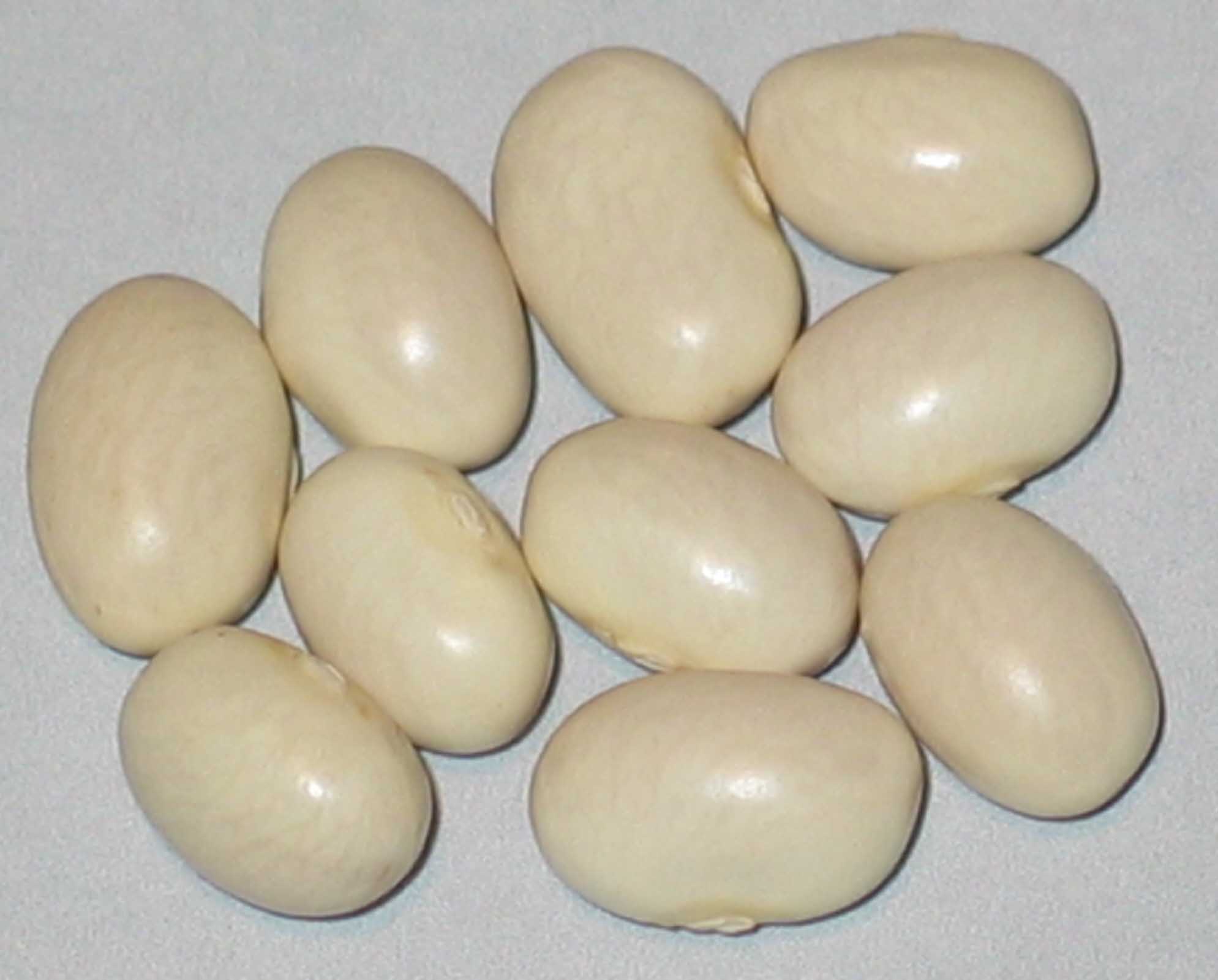
Idaho Marrow
Grown In '16,'19,'22 & 2023
Semi Runner Dry. This bean was also sent to me by my Hobartville, NSW, Australia seed donor. Many different variety names of Marrow beans both pole and bush. They were very popular in this country in the 1850's as a baking bean. Also good in soup with a creamy texture.
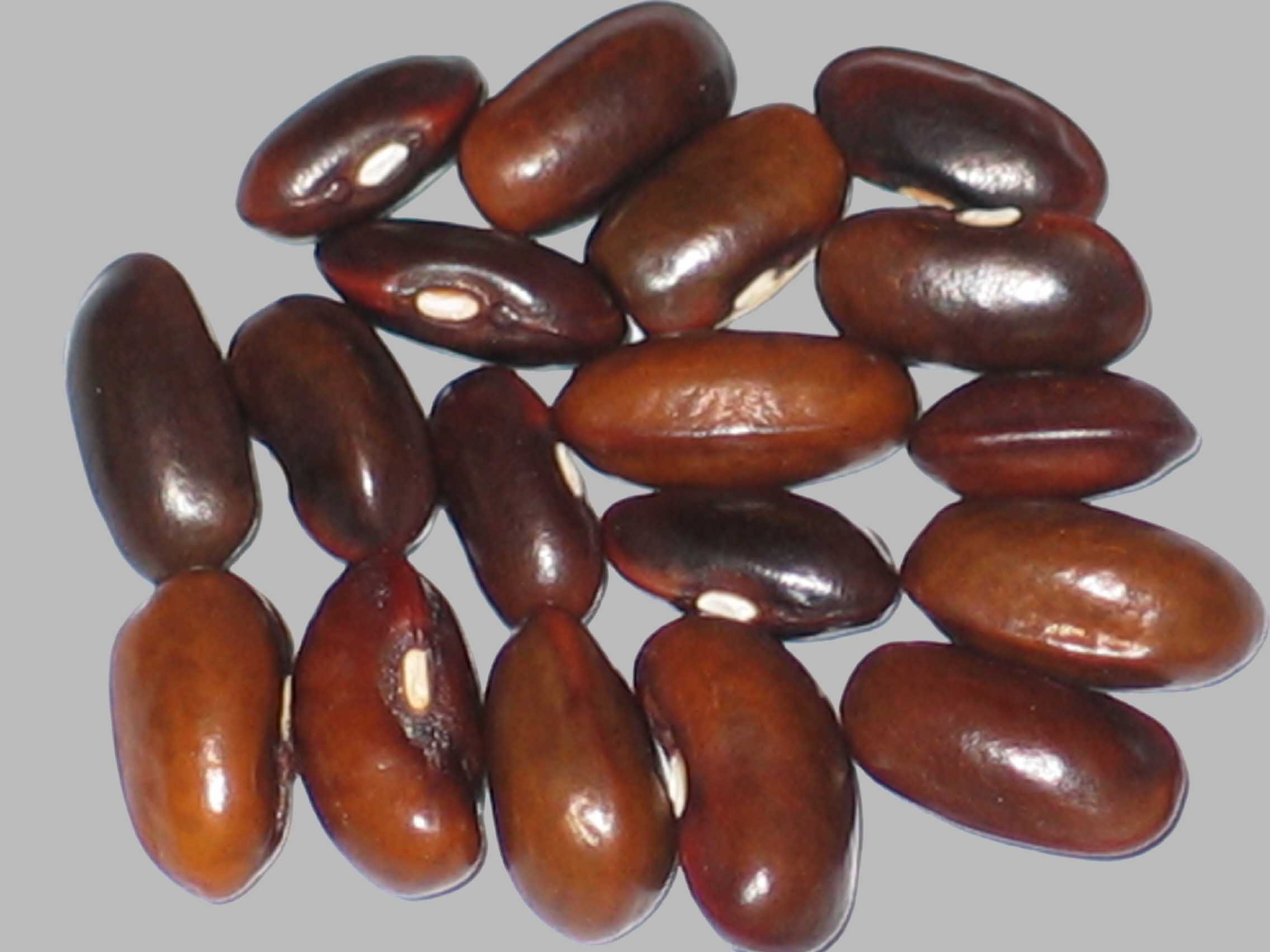
Idelight
Grown In 2016
Bush Snap. Bred at the University of Idaho, College of Agriculture,1965 by Leslie L. Dean. Said to be resistant to mosaic and curly top. Sent to me by Helen Brookman of Boise, Idaho in 2015. I just happened to catch a piece online in 2015 about the re-release of this bean in Idaho as a 50 year celebration of the original release of the variety. The bean was probably a local or regional favorite for a short time. Productive with round green pods.
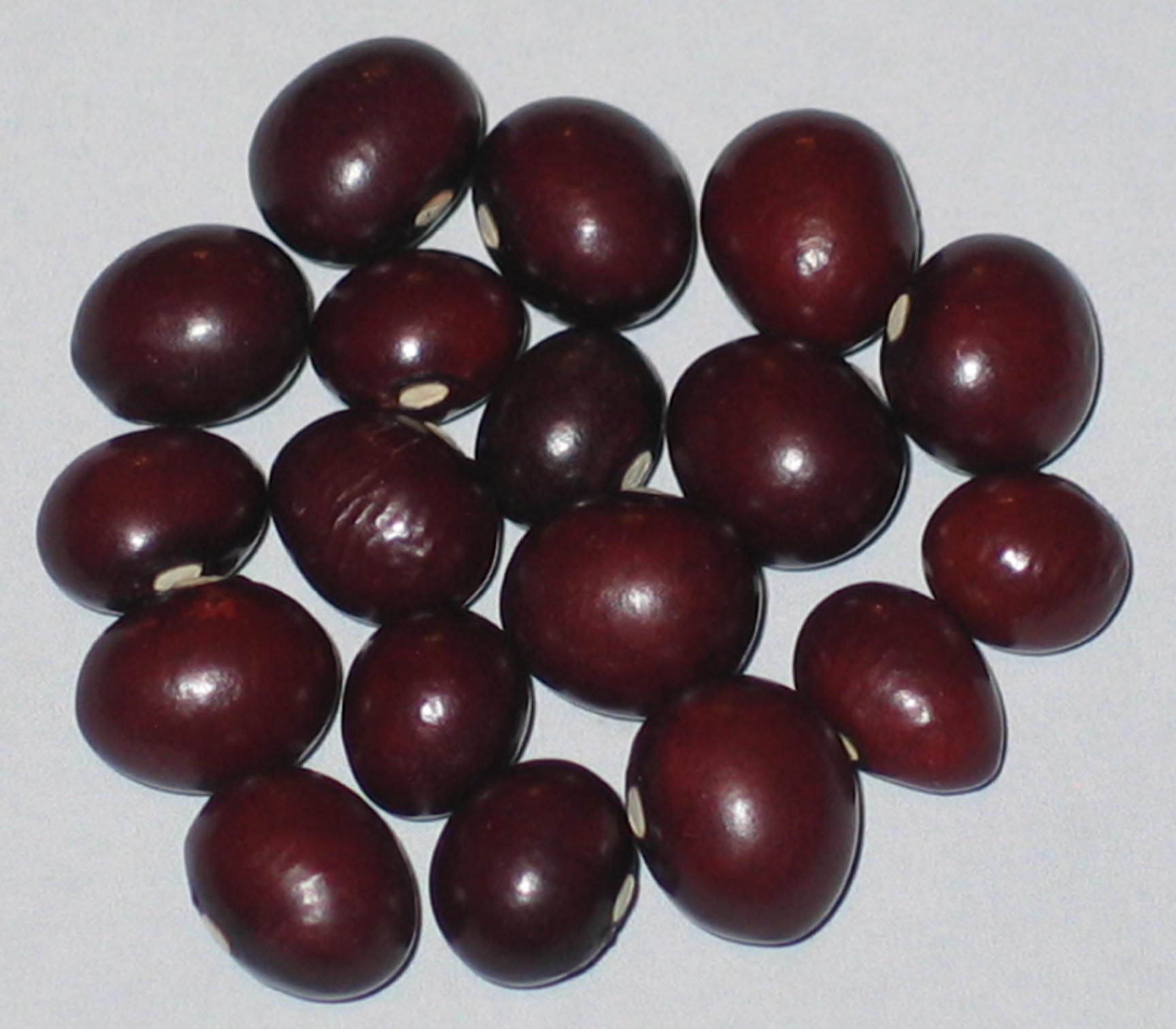
Ijevan Black Cherry
Grown In ?
Pole Dry. One of the many beans brought back to the U.S. by Joseph Simcox. Origin Armenia. Acquired in 2020 at the home of Karen Golden in Michigan. Who was sent many beans that Joeseph had brought back from Europe by Joe’s Sister Susan. There were a number of Ijevan mixes with numbers but I couldn’t stand having so many beans with a number attached. Those beans probably didn’t have the original name on them anyway so I took the liberty of giving the bean this name. I think it aptly fits this particular bean.
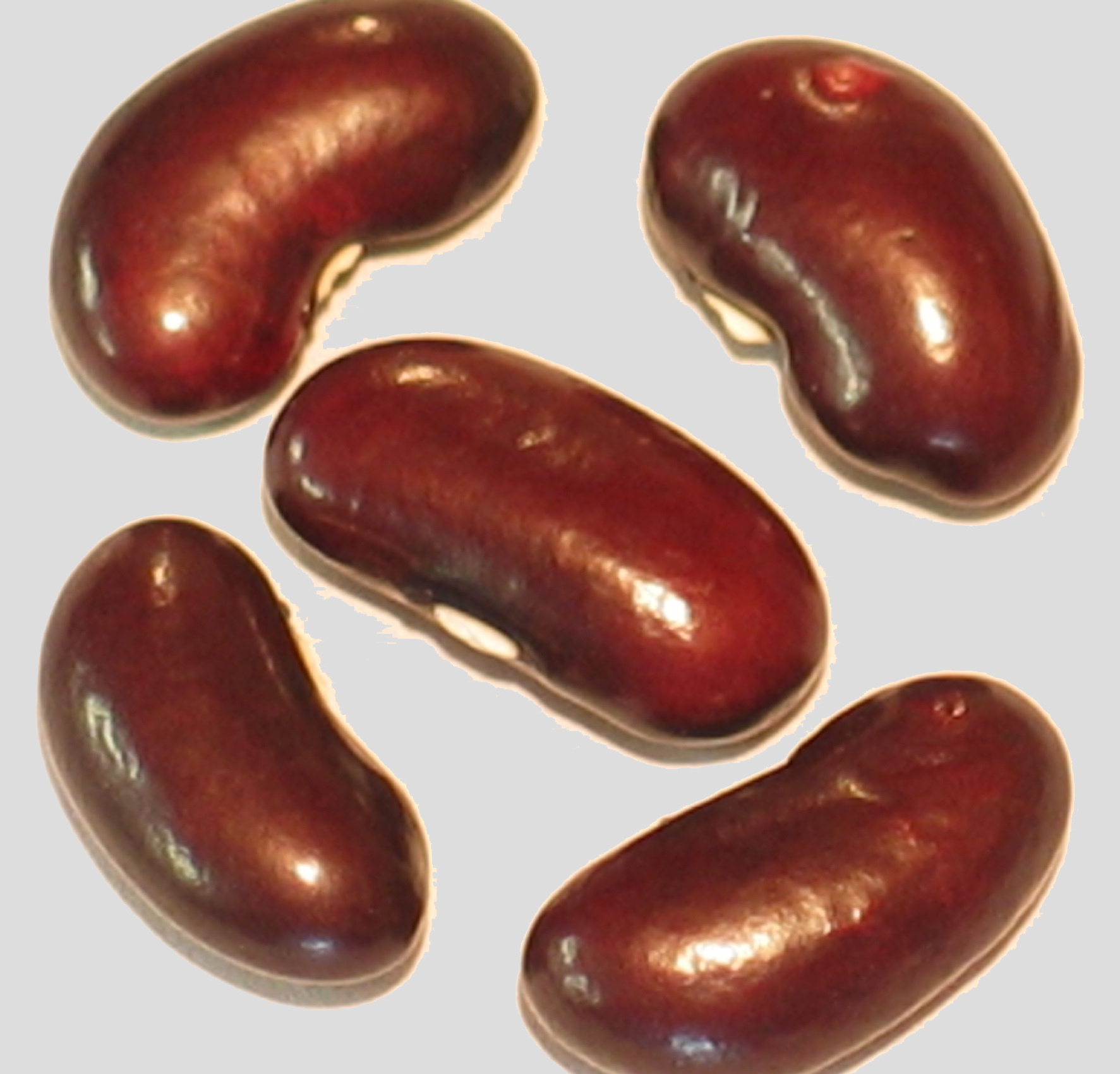
Ijevan Hematite
Grown In '18 & 2023
Pole. Another of the many beans brought back to the U.S. by Joseph Simcox. Country of origin Armenia.
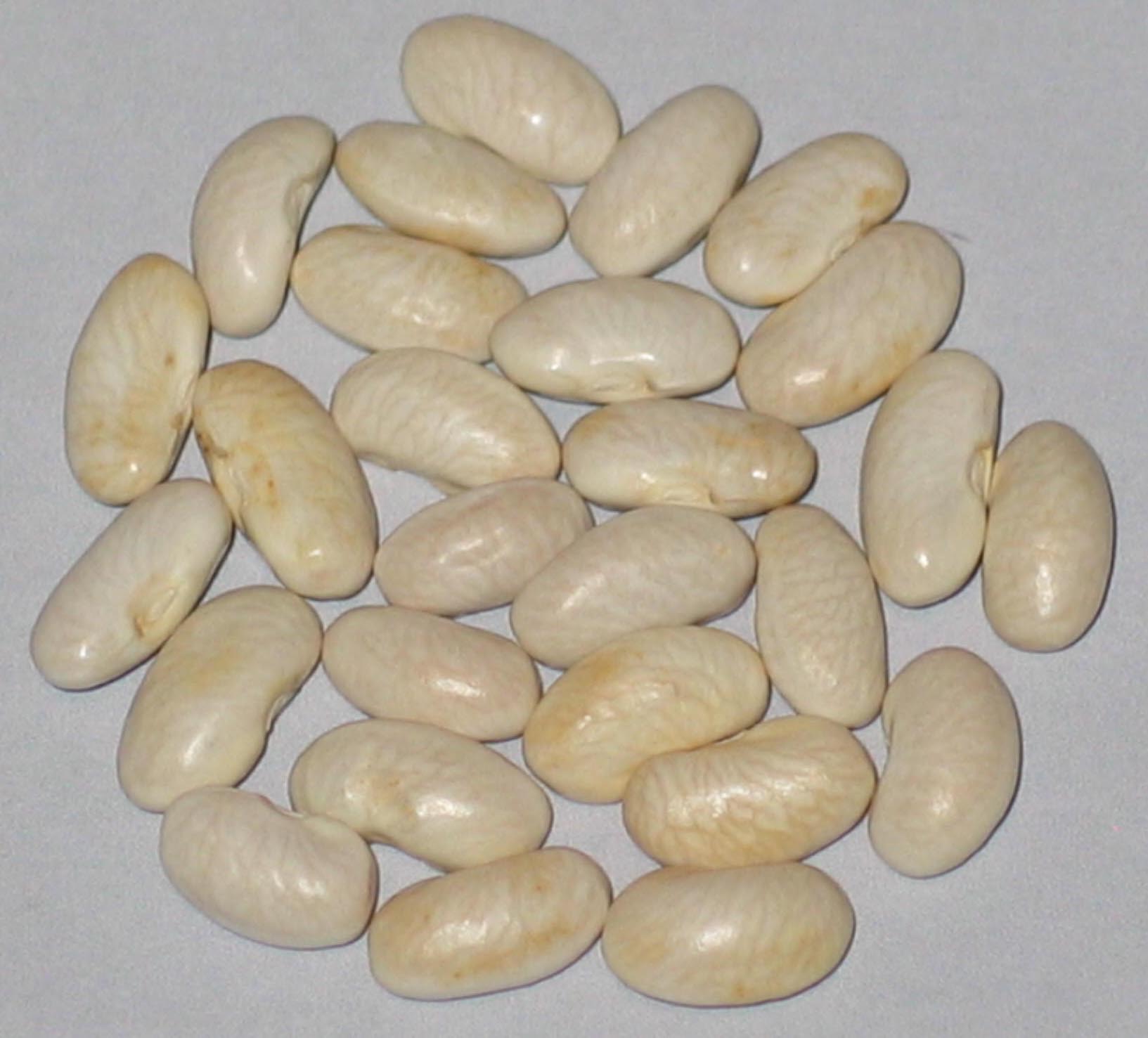
Ilene
Grown In ?
Pole. From Paul Douglas from Williamsburg, Kentucky at the 2019 Sustainable Mountain Agriculture seed swap in Livingston, Tennessee first Saturday in October. From A freind of Paul's, Mark Beverley who had grown "Ilene" beans for years and discovered it in Laurel county, Kentucky.

Imbotyimbayiyana
Grown In ’15 & 2021
Bush. Possible snap bean comes from Sean Freeman, Living Seeds in South Africa. One of nine varieties received from his seed company in 2013. None of these beans seem to be listed on their website any longer.
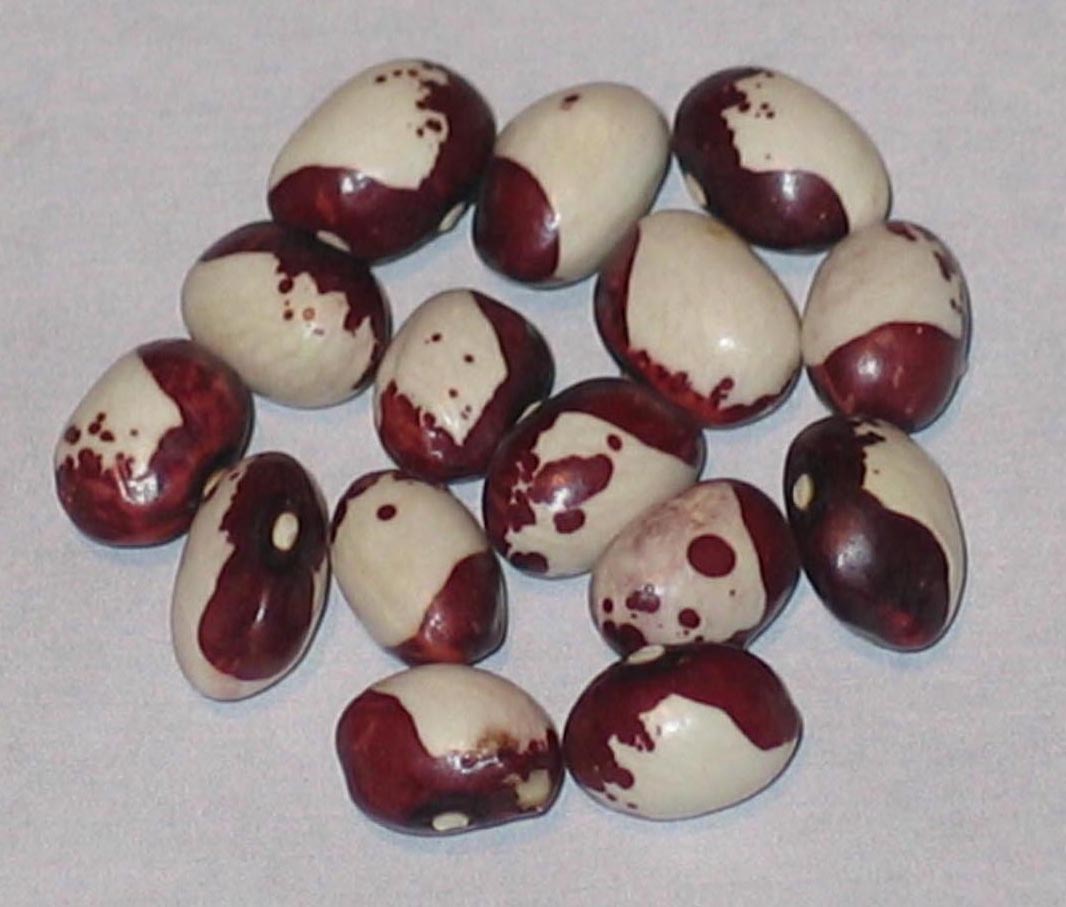
Inca Pea
Grown In 2024
Pole/Dry/Snap. South American heirloom. Vines are somewhat sparsely leafed. Produces large amounts of beans. Pods are green, straight, flattened and can be eaten as a green bean as they are not stringy.
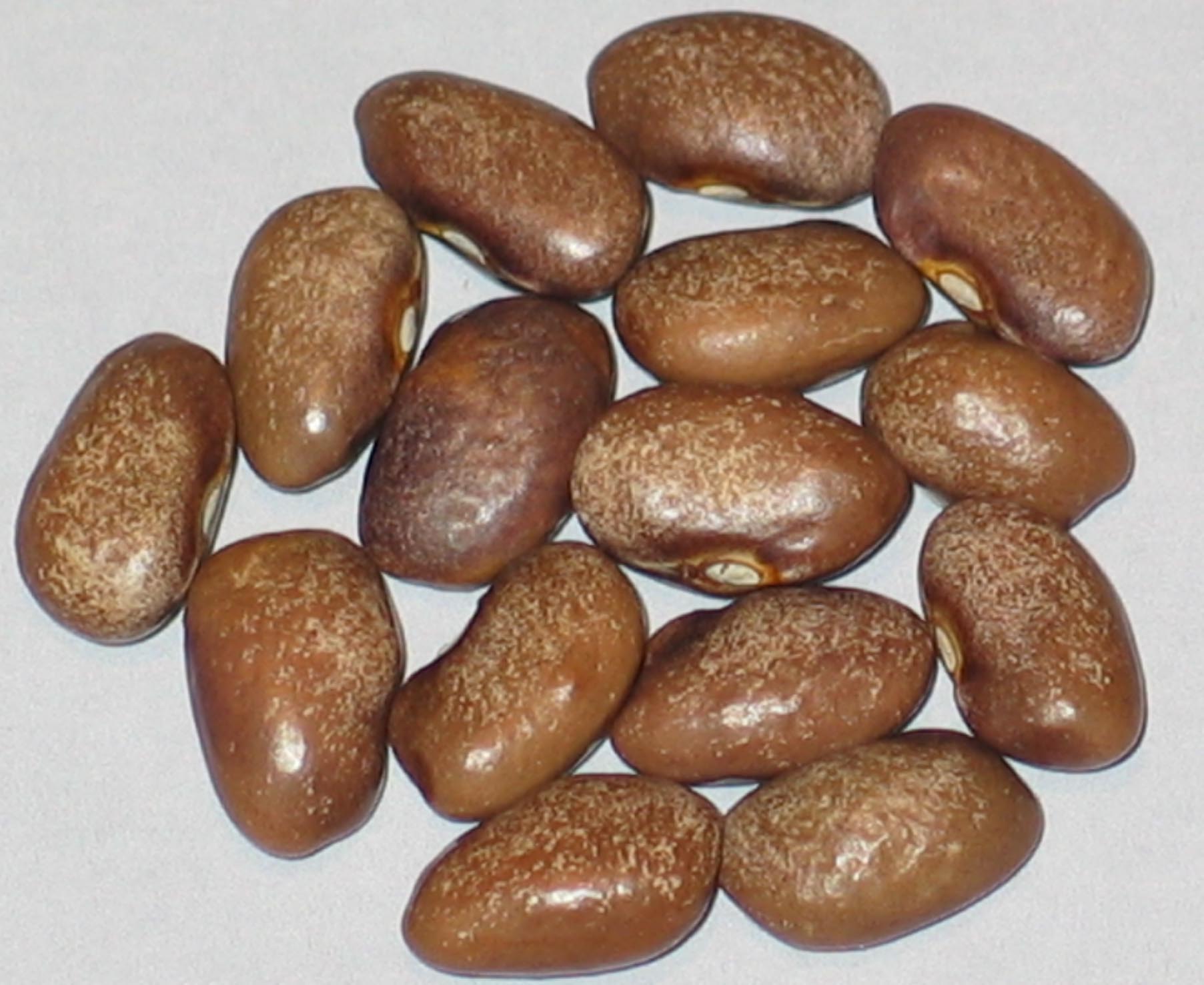
Indian Mound
Grown In ’08, & 2019
Pole Dry. Second bean I found with this name. Different than the Indian Mound I had come to know that was circulated in SSE in the 1980's. This bean comes to me in 2019 from a SSE member who no longer lists in the SSE yearbook from Alden, Michigan.
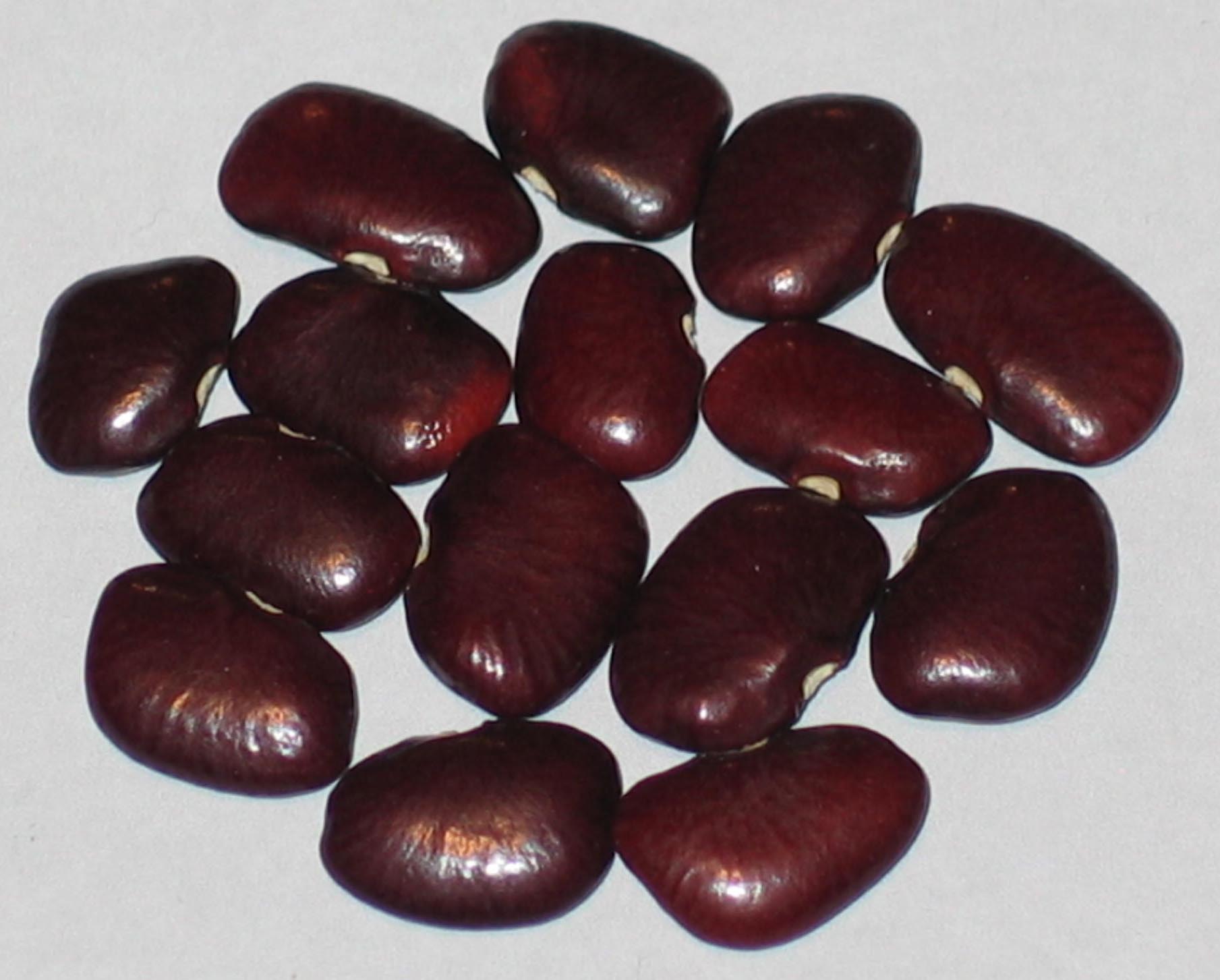
Indian Red
Grown In '19 & 2023
Pole Lima. From Curt Burroughs of Memphis, Missouri 2019.
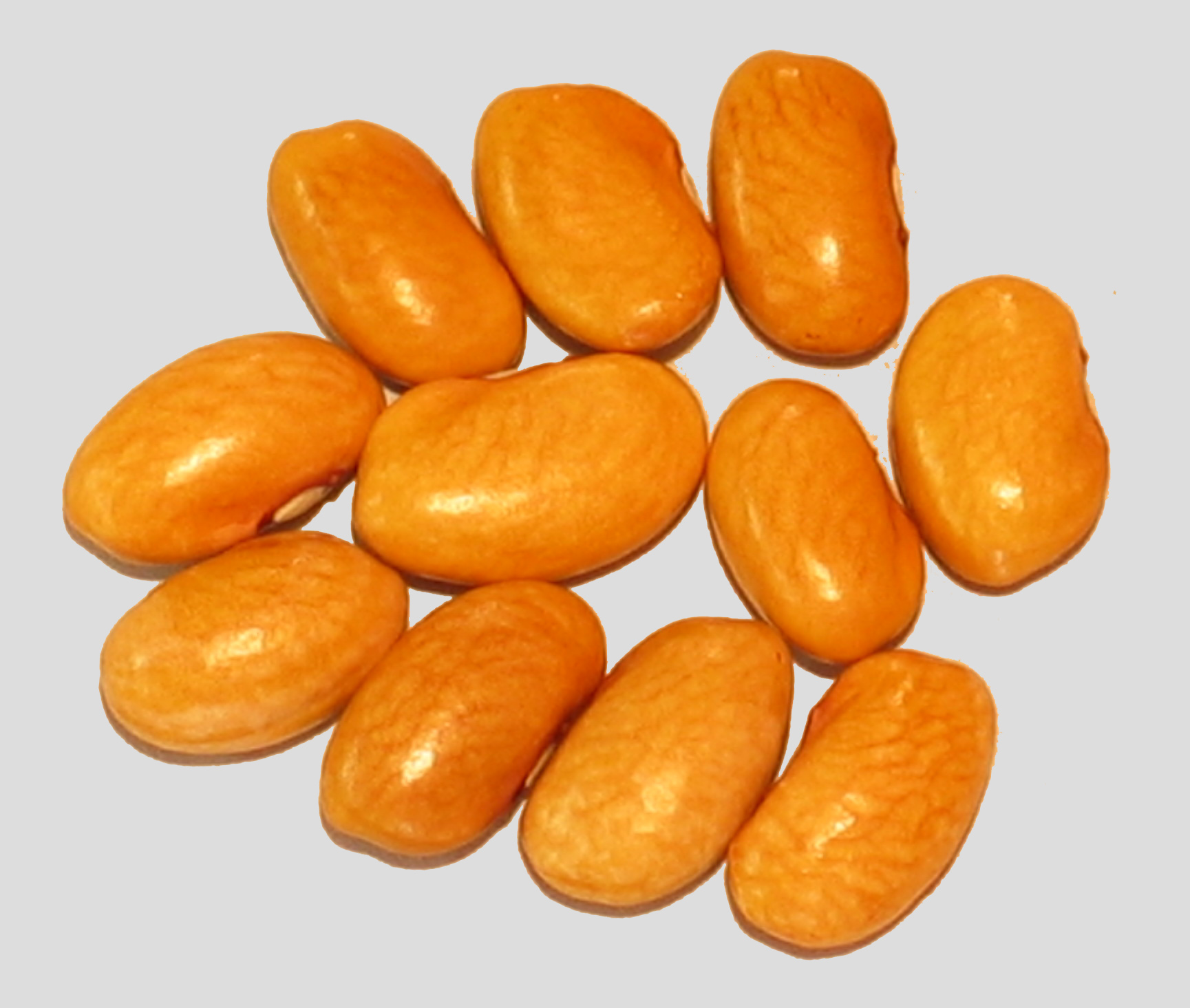
Indian Woman Yellow
Grown In '15,'18,'20,'21 & 2023
Semi Runner Dry. From my Potter Valley, California seed donor in 2013. Has been grown by native American communities in Montana. Early with a creamy texture when cooked

Irene’s Russian
Grown In 2016
Bush Dry. This cranberry bean gifted to me as an extra variety when placing a seed request with an Saskatchewan Canda Seeds Of Diversity Canada member in 2012.
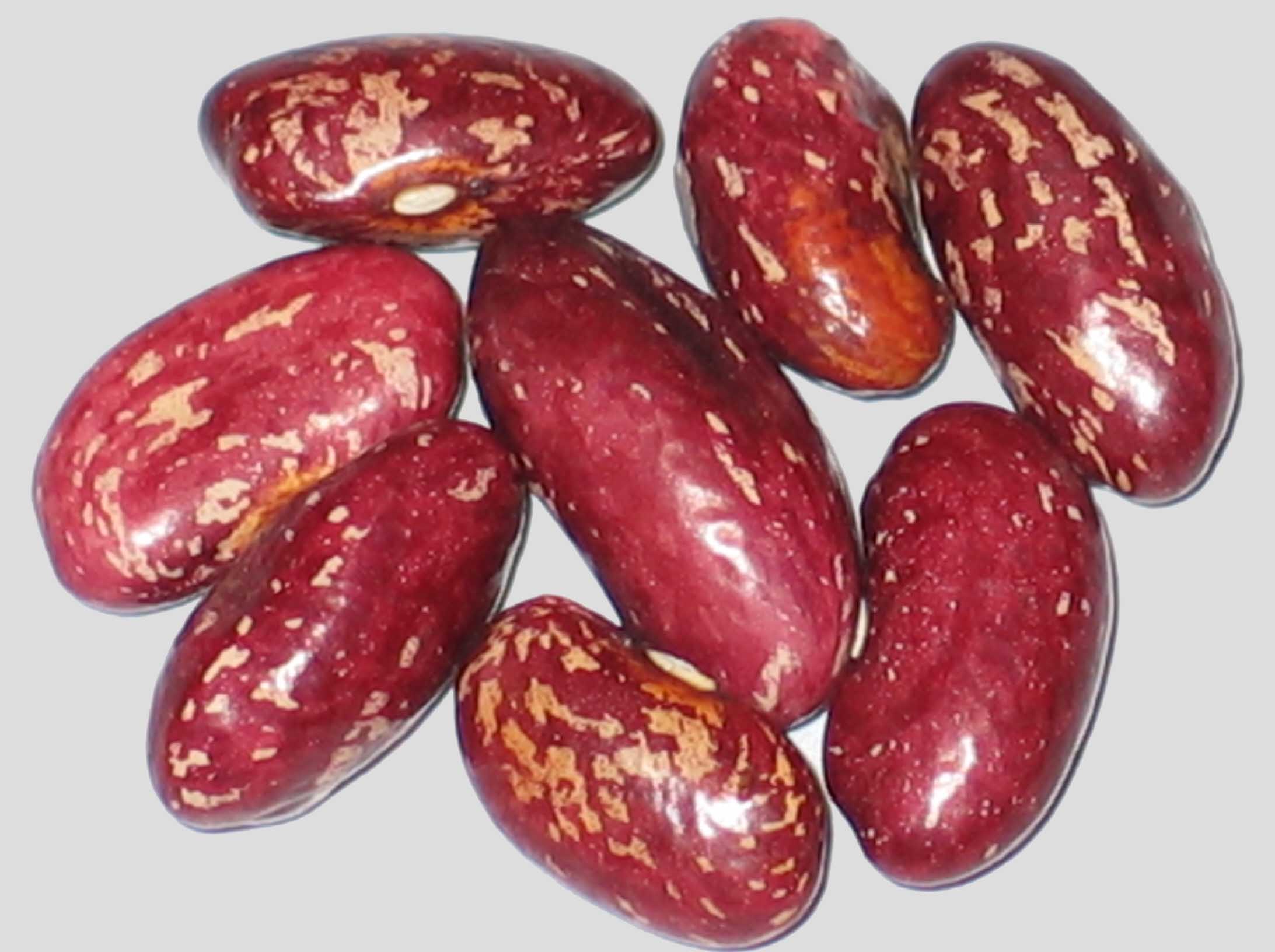
Iroquois Cornbread
Grown In '17,’20,'21 & 2023
Pole-Dry. 85 days. A red horticultural type. A Tuscarora bean; also known as Skaroora Bread or Tuscarora Bread Bean. Used in traditional corn breads. Seed donor is Stephen Smith of Guthrie, Kentucky.